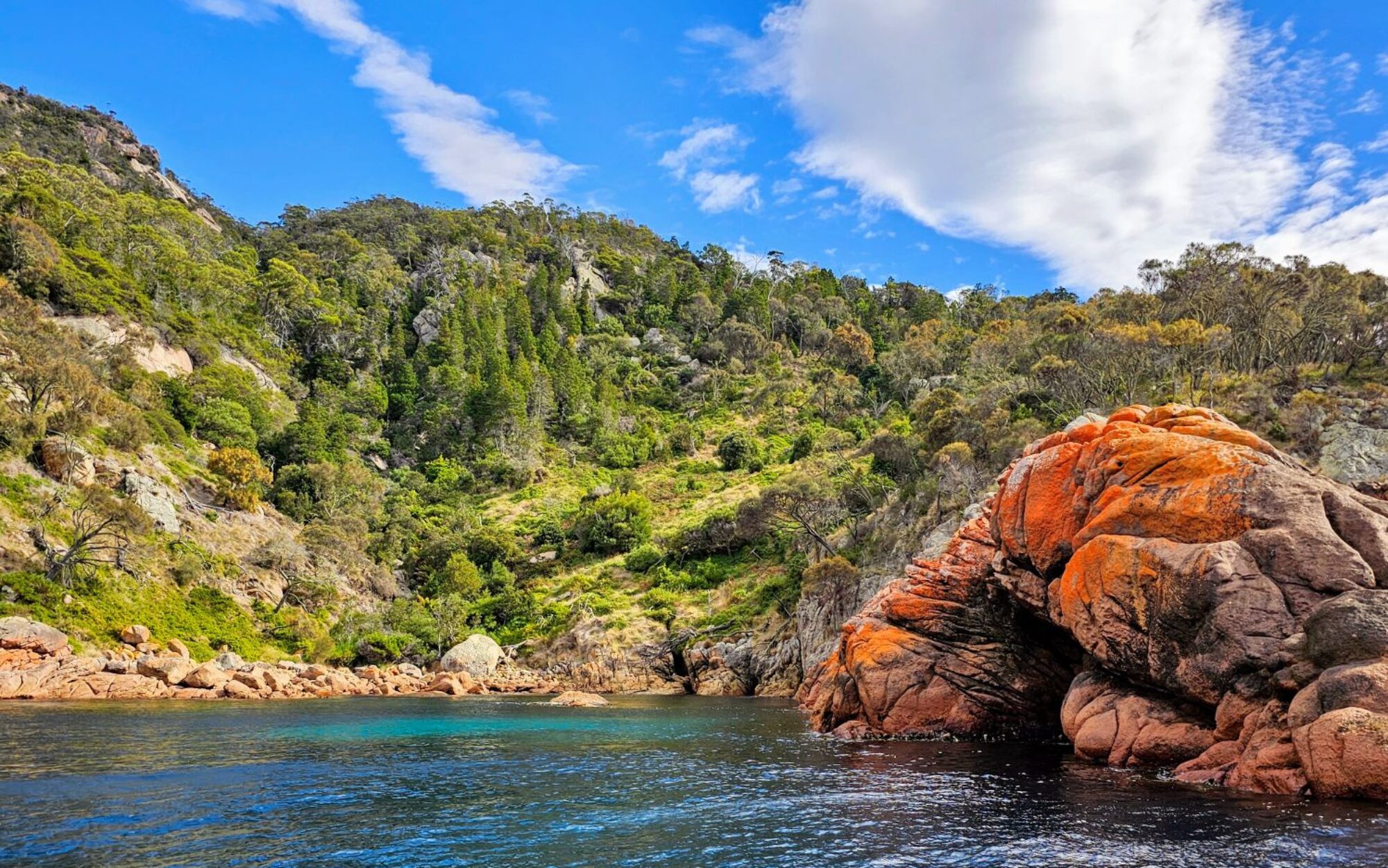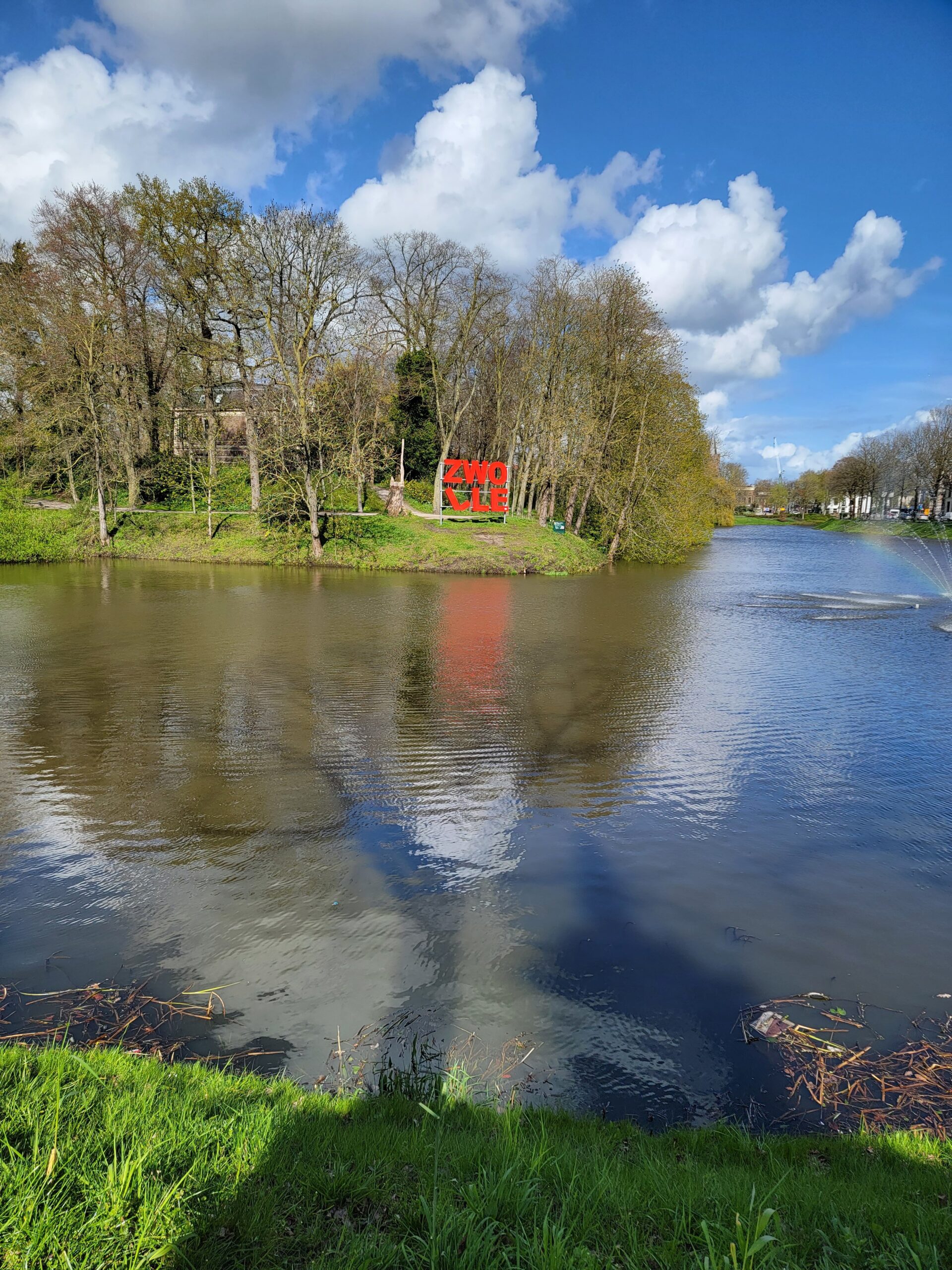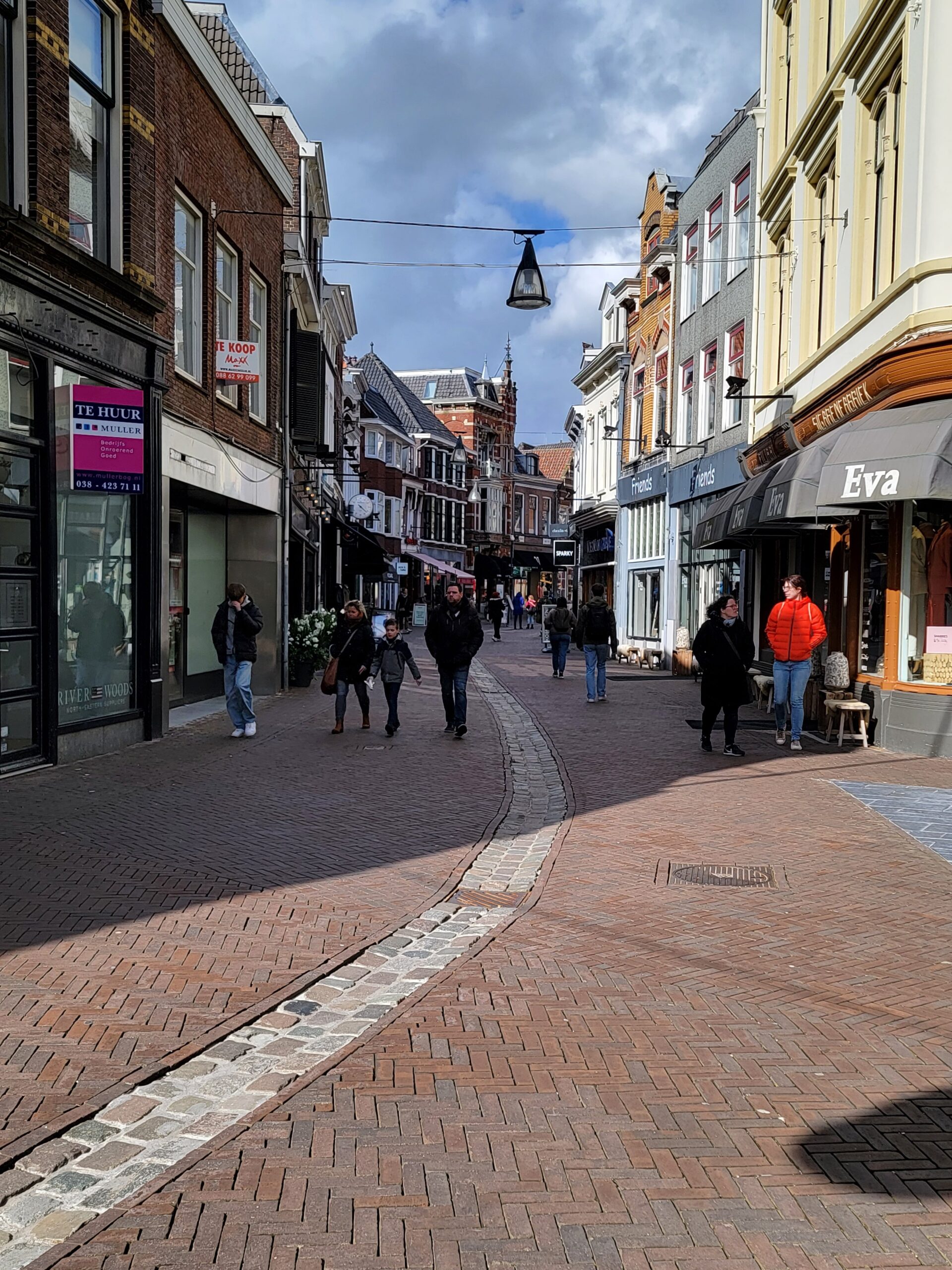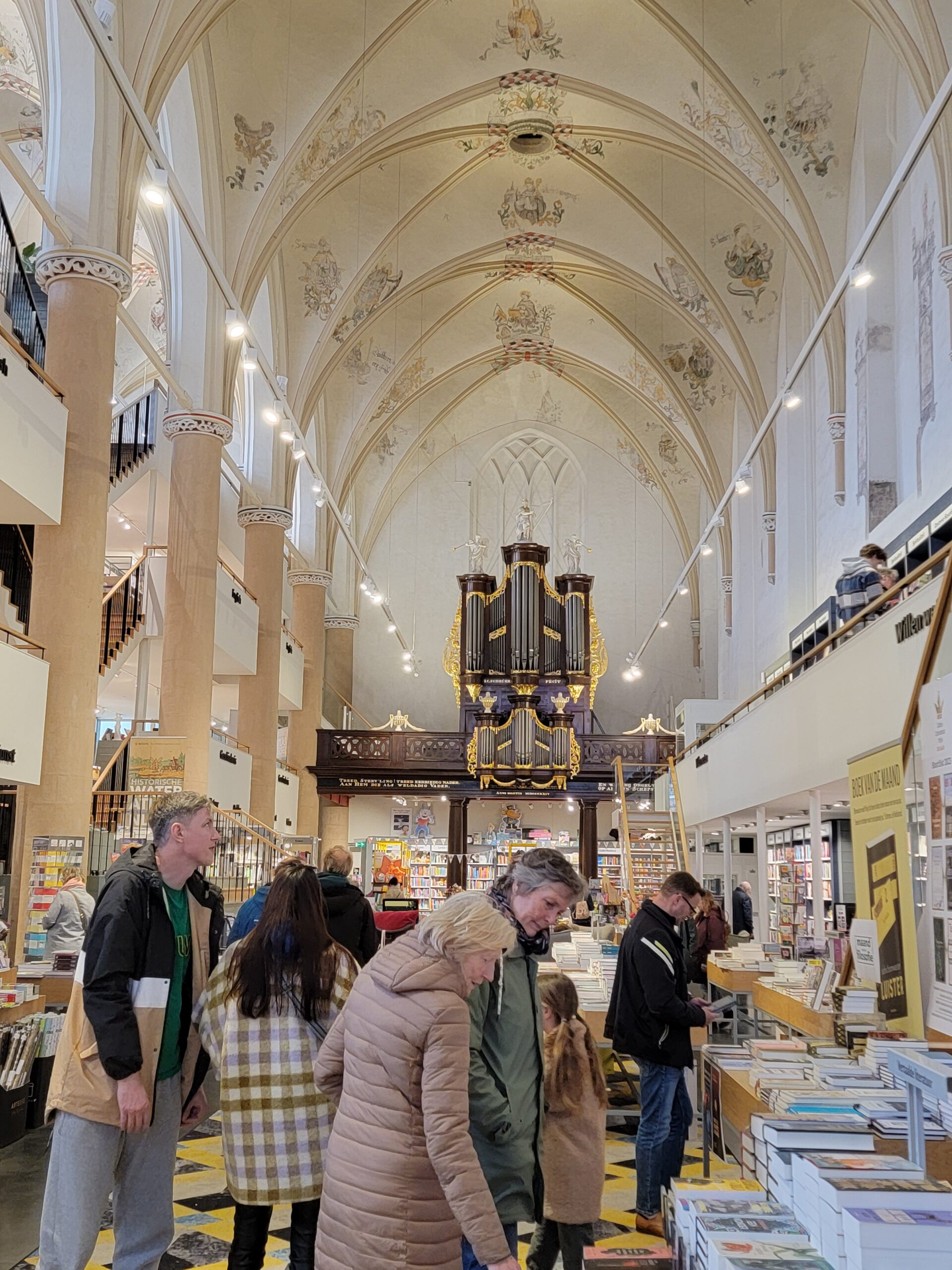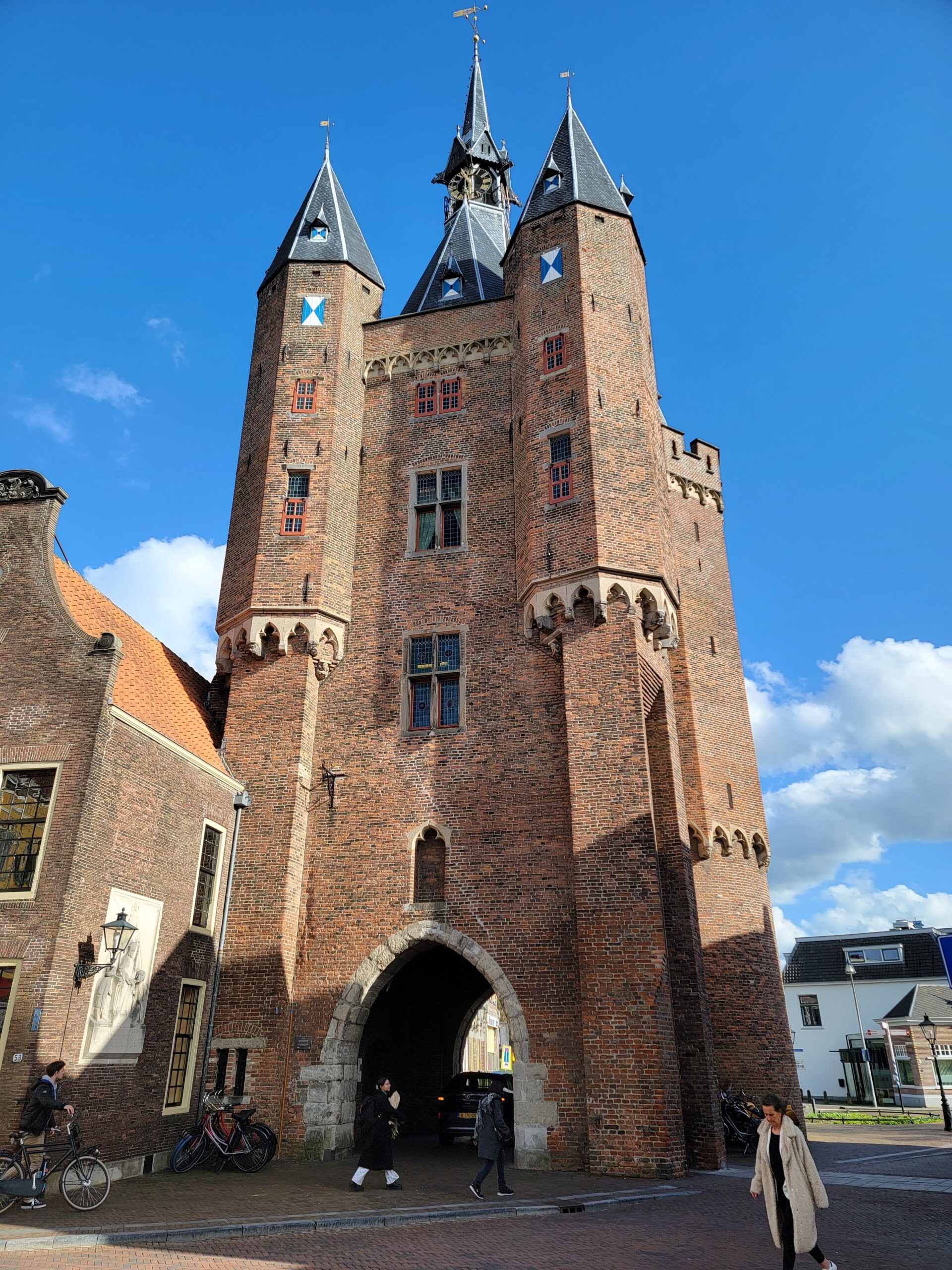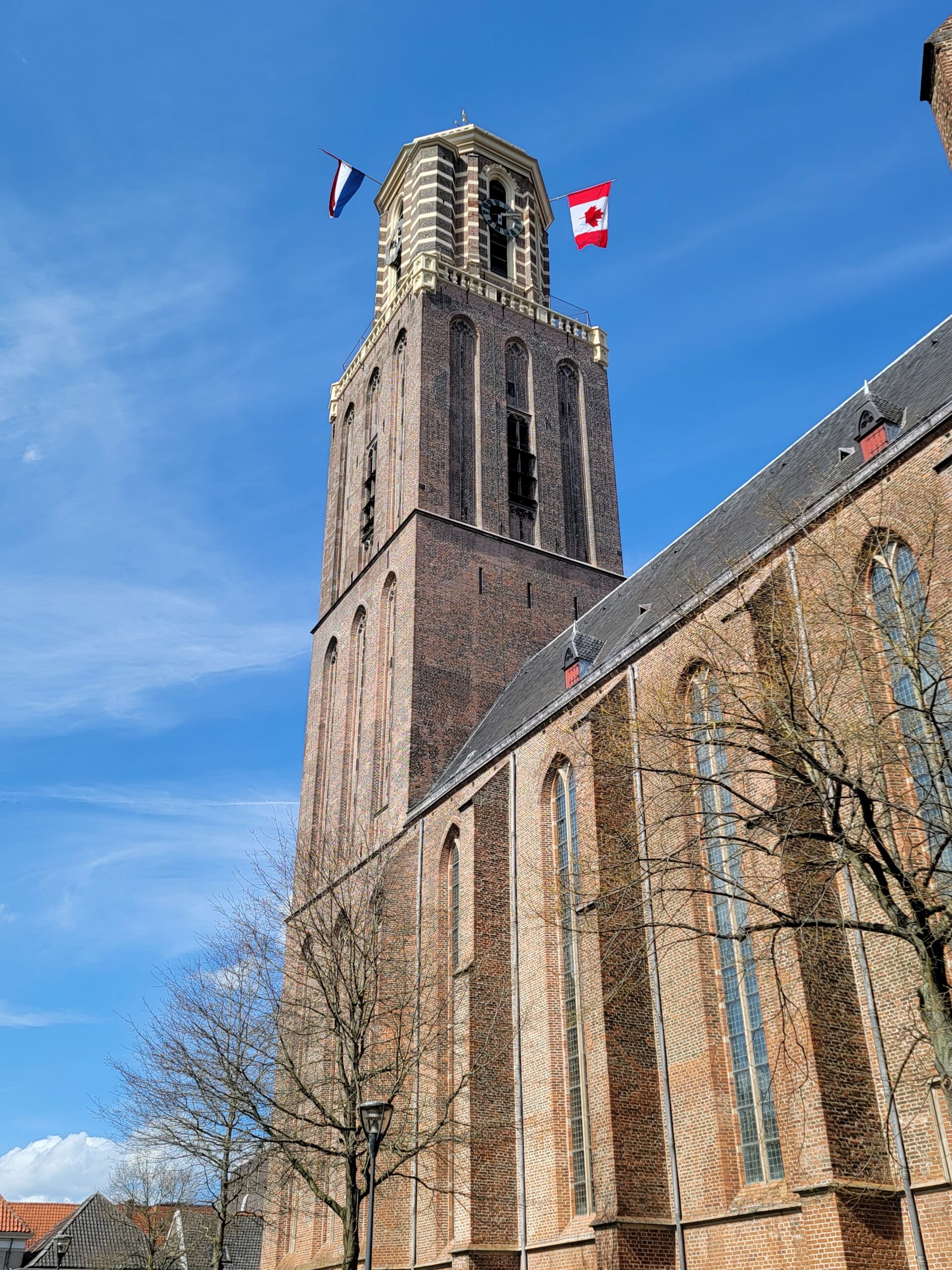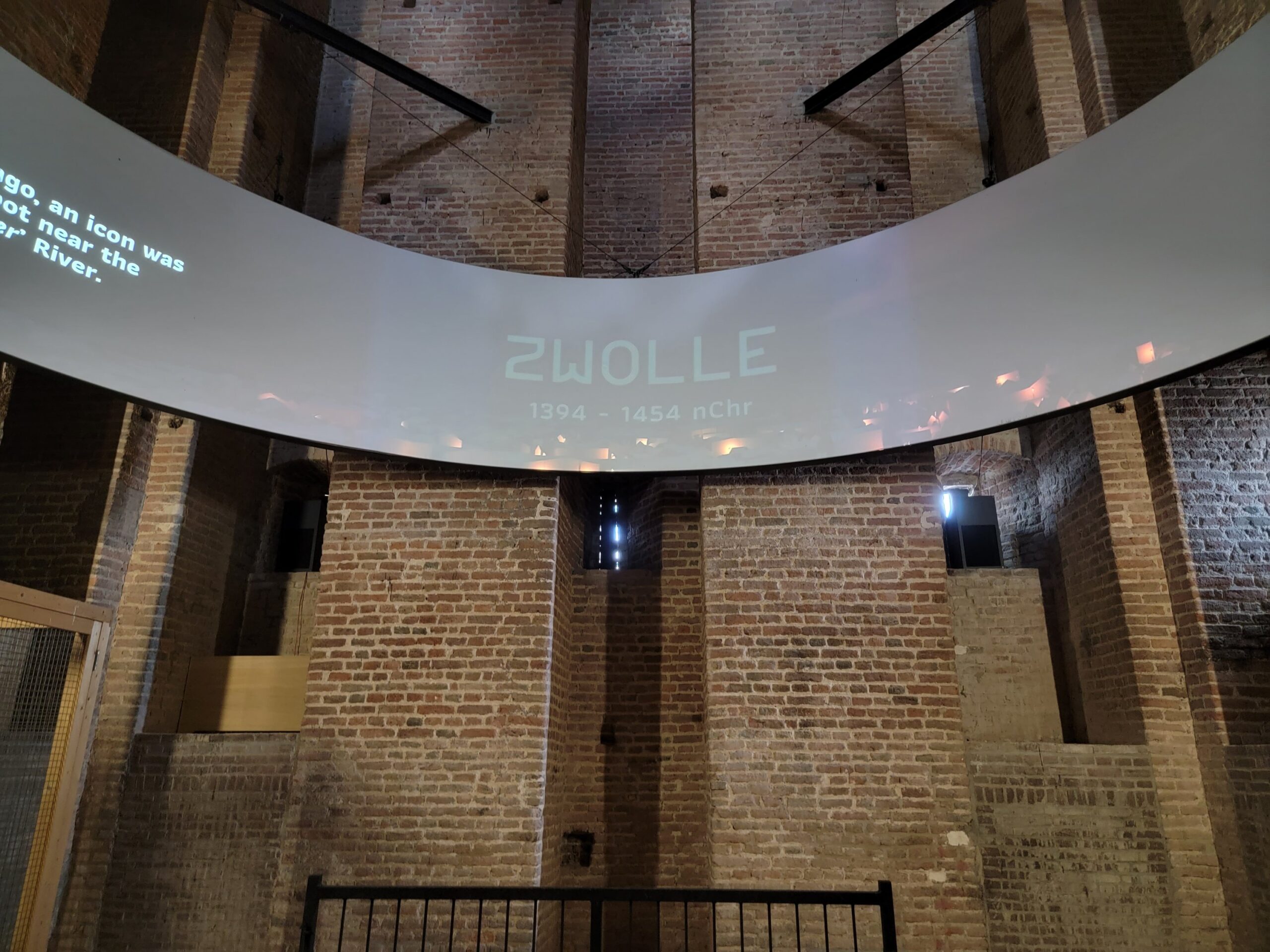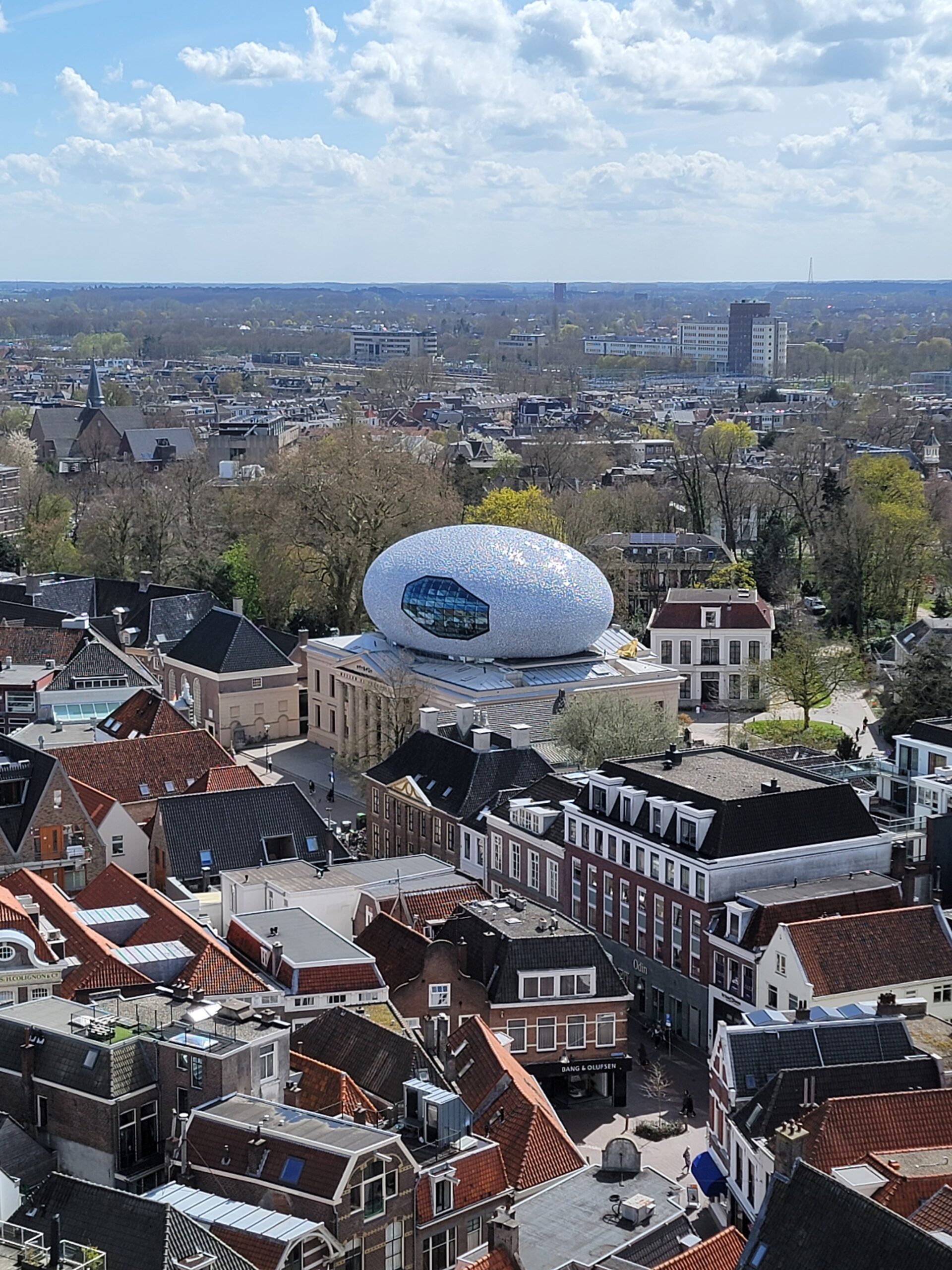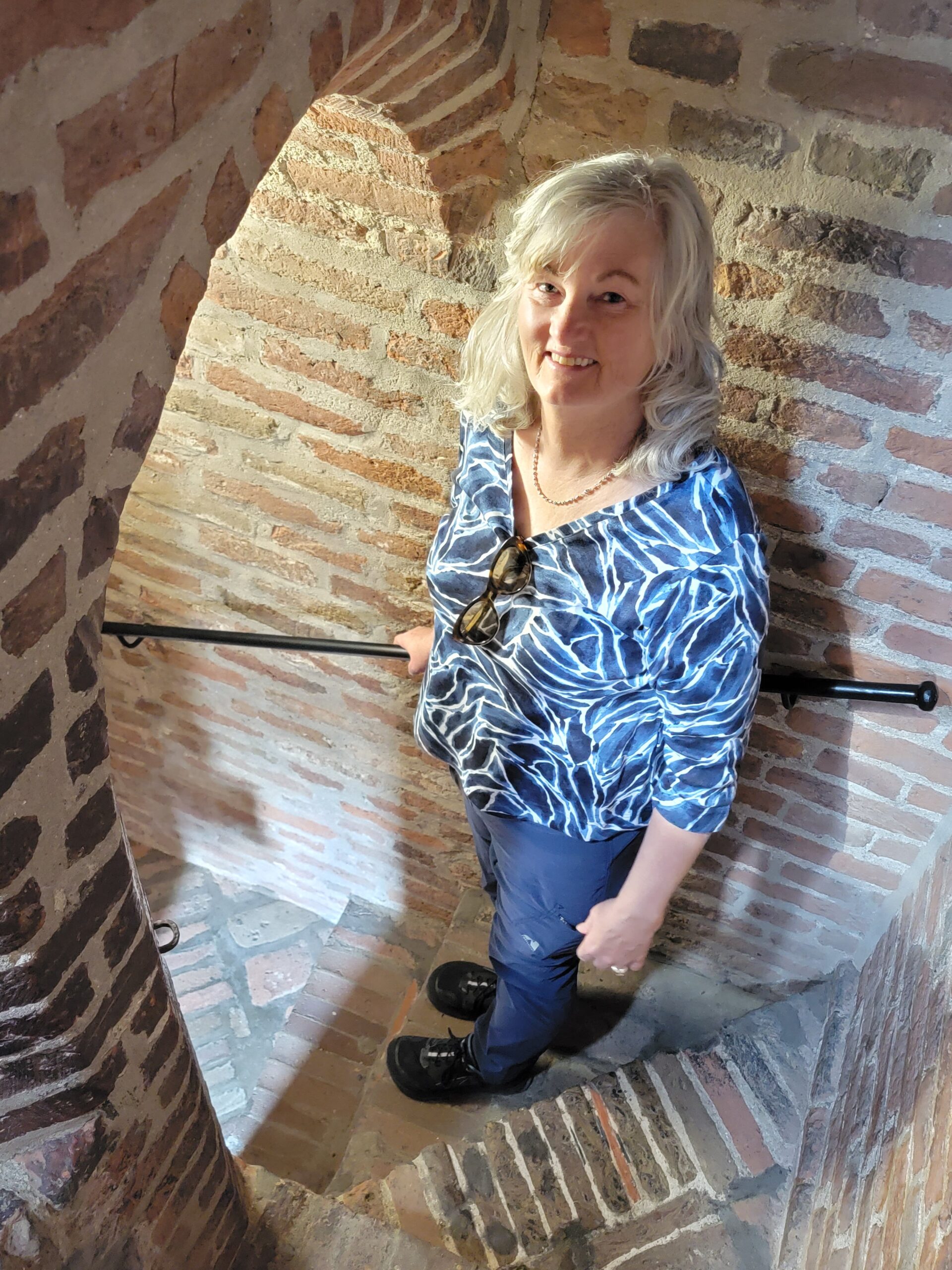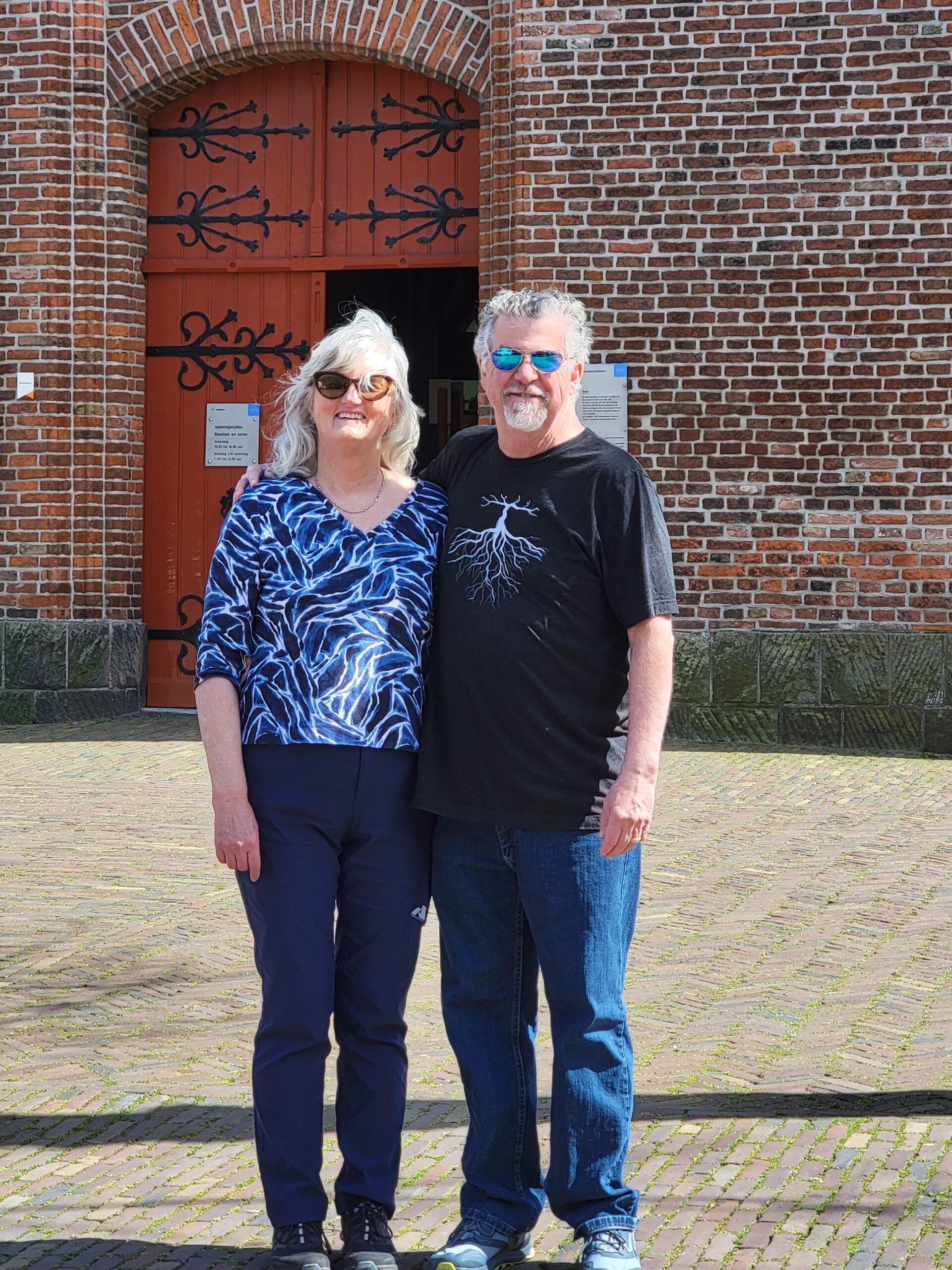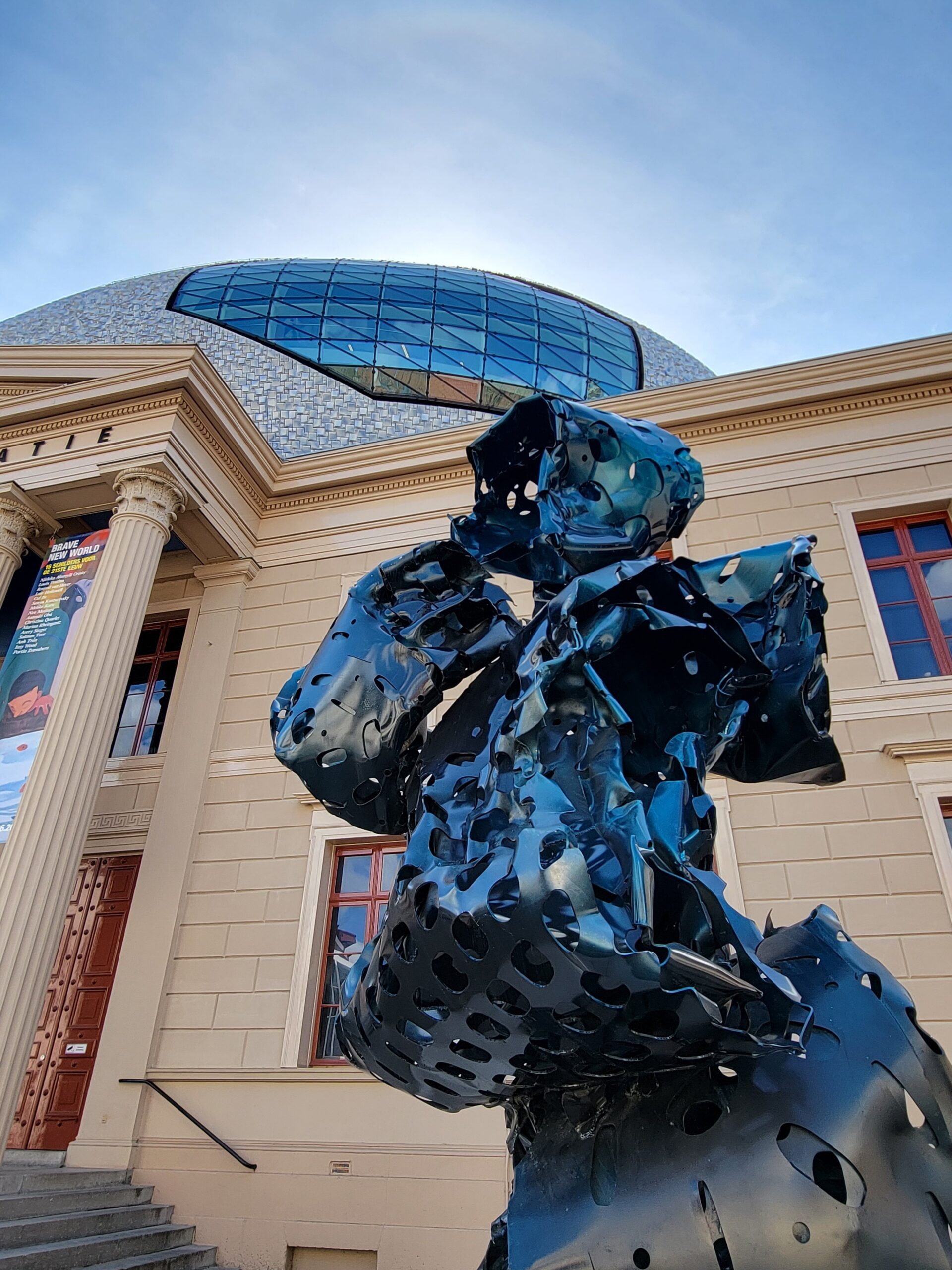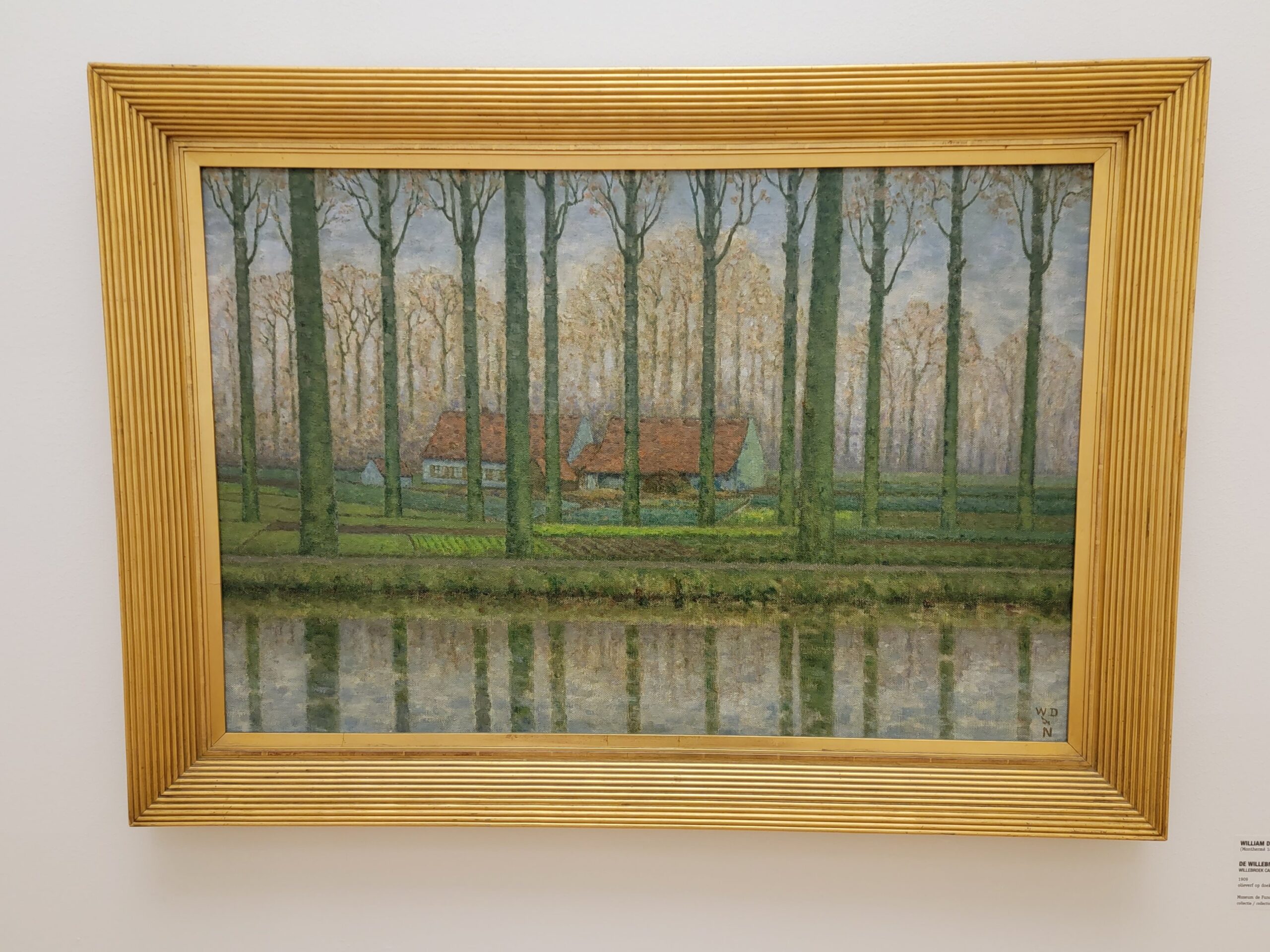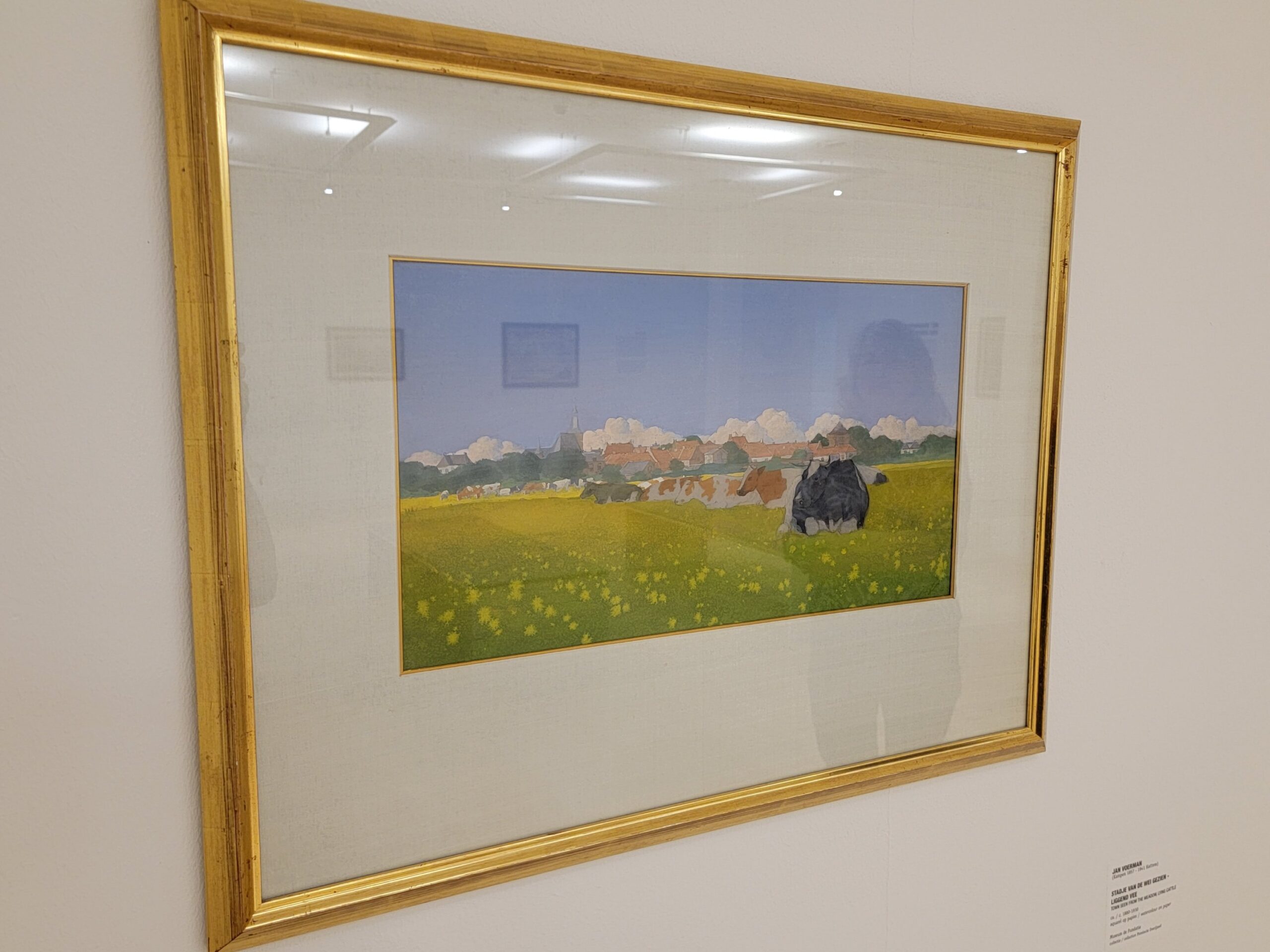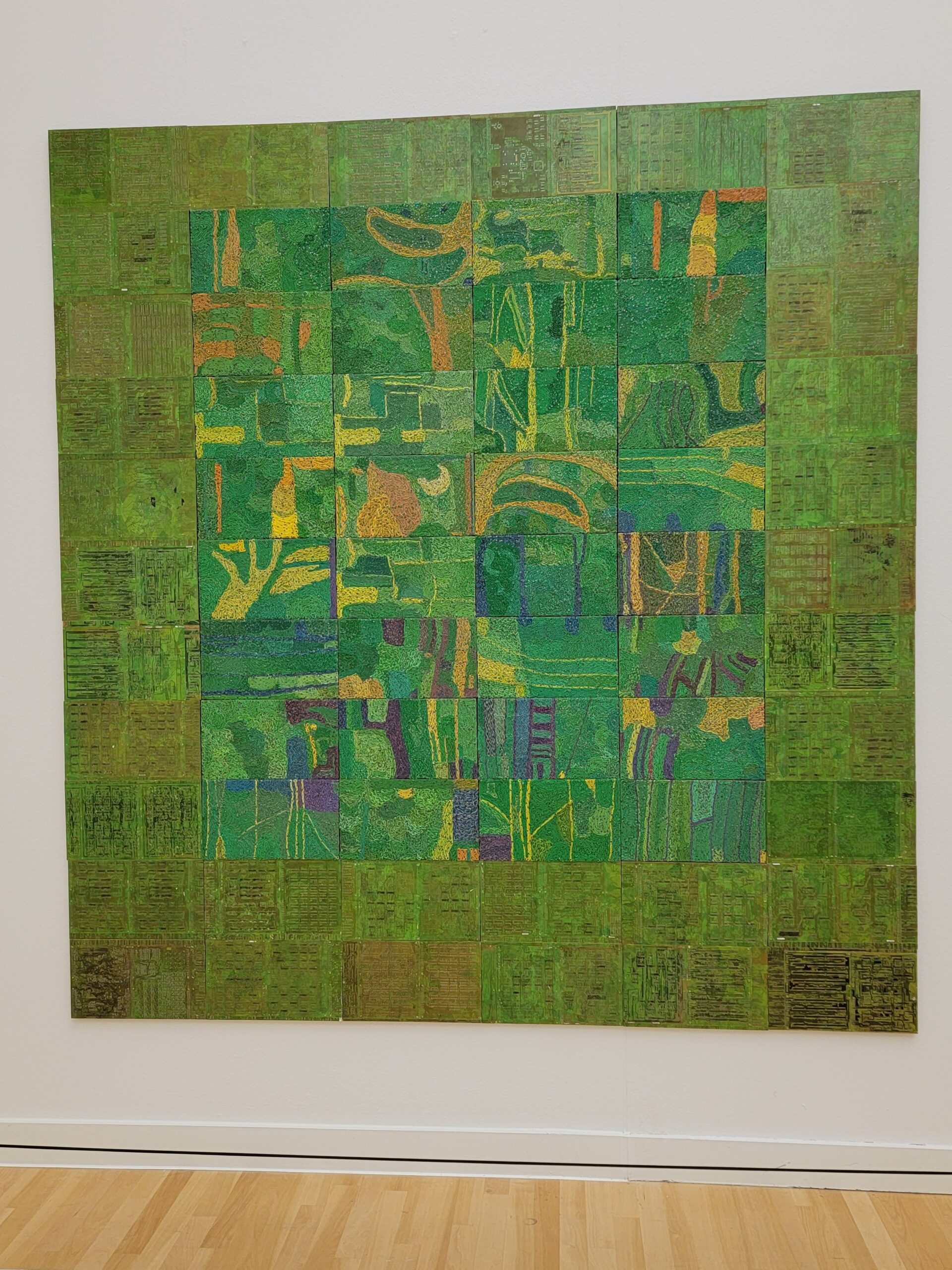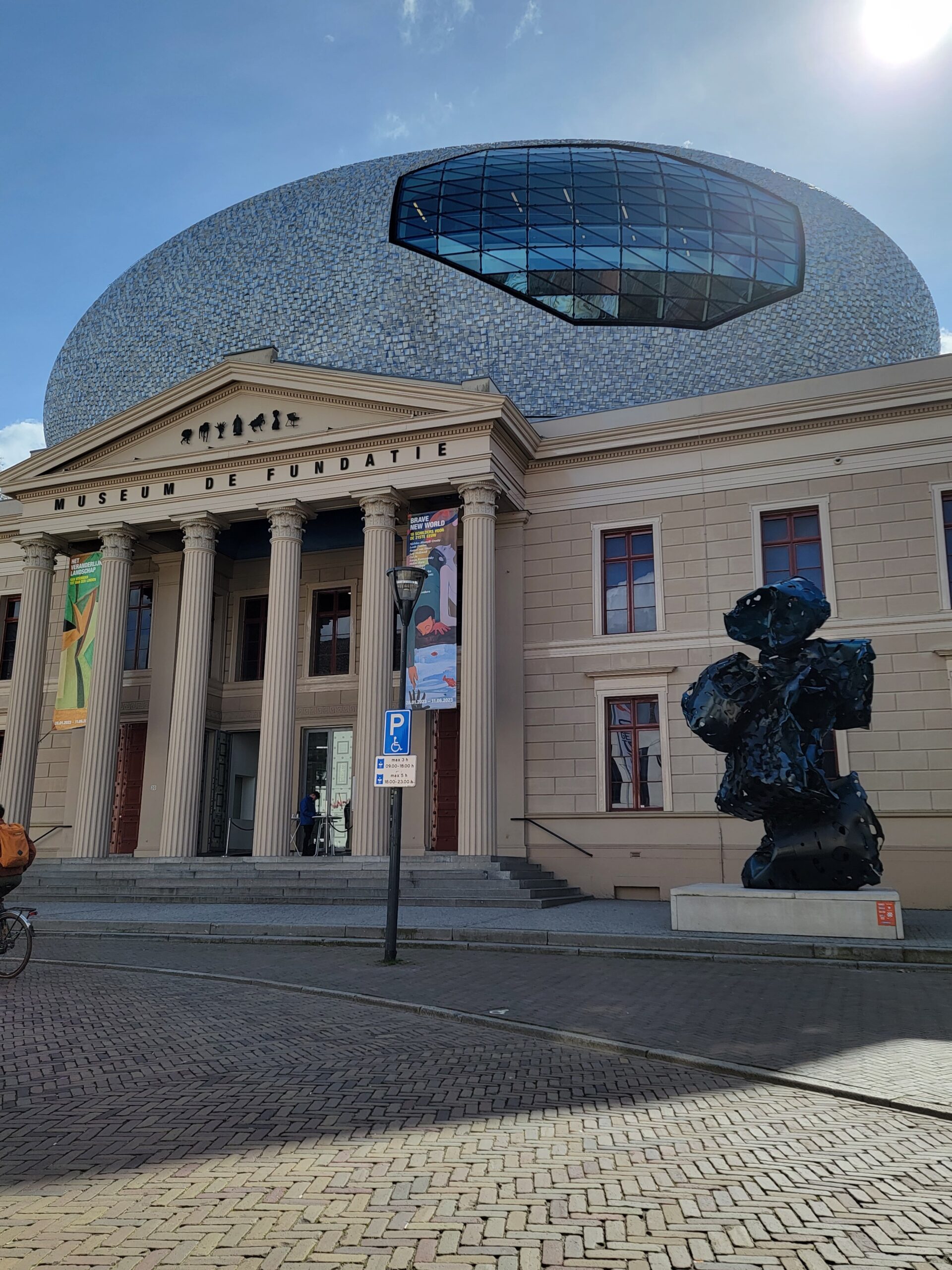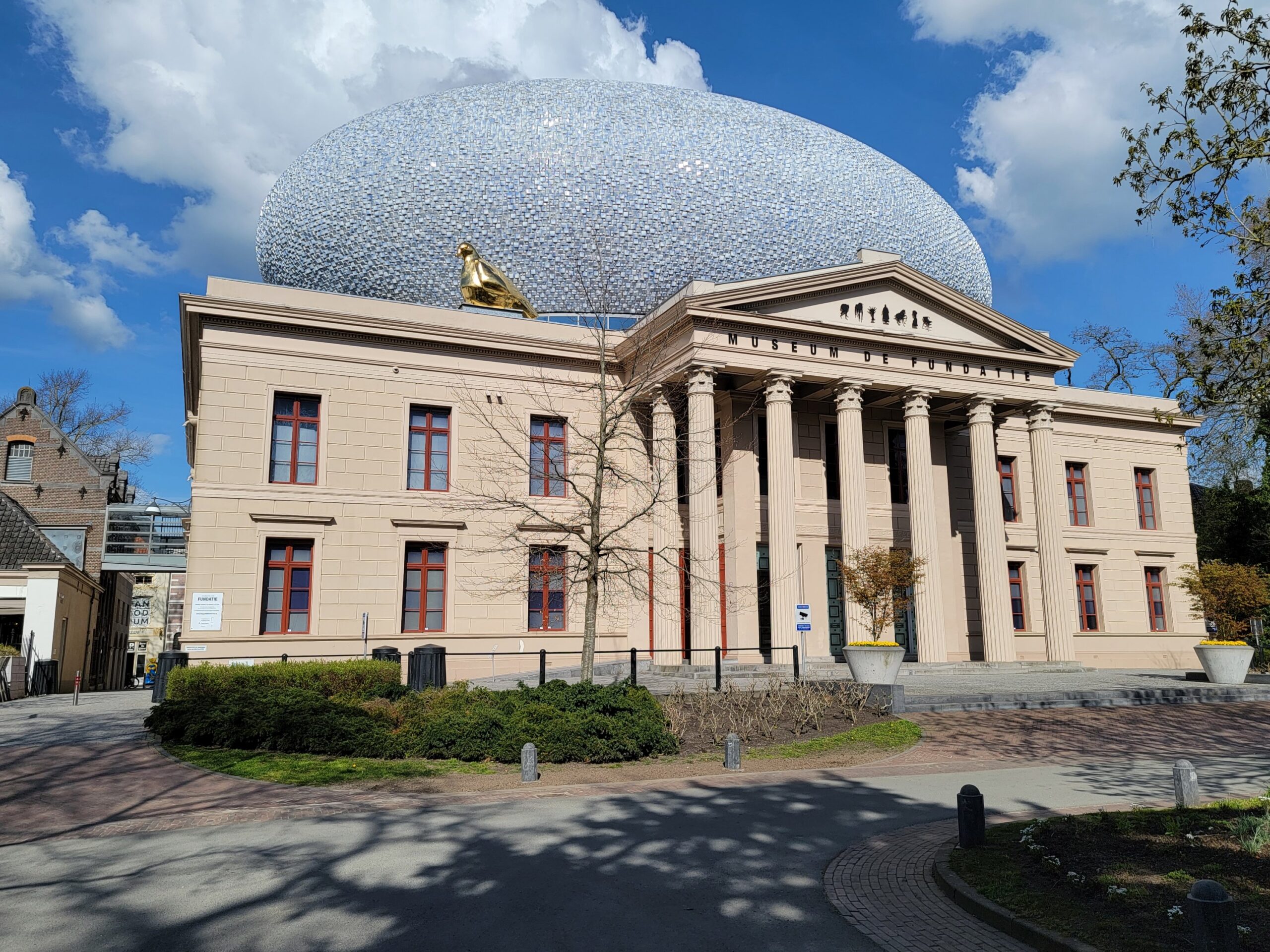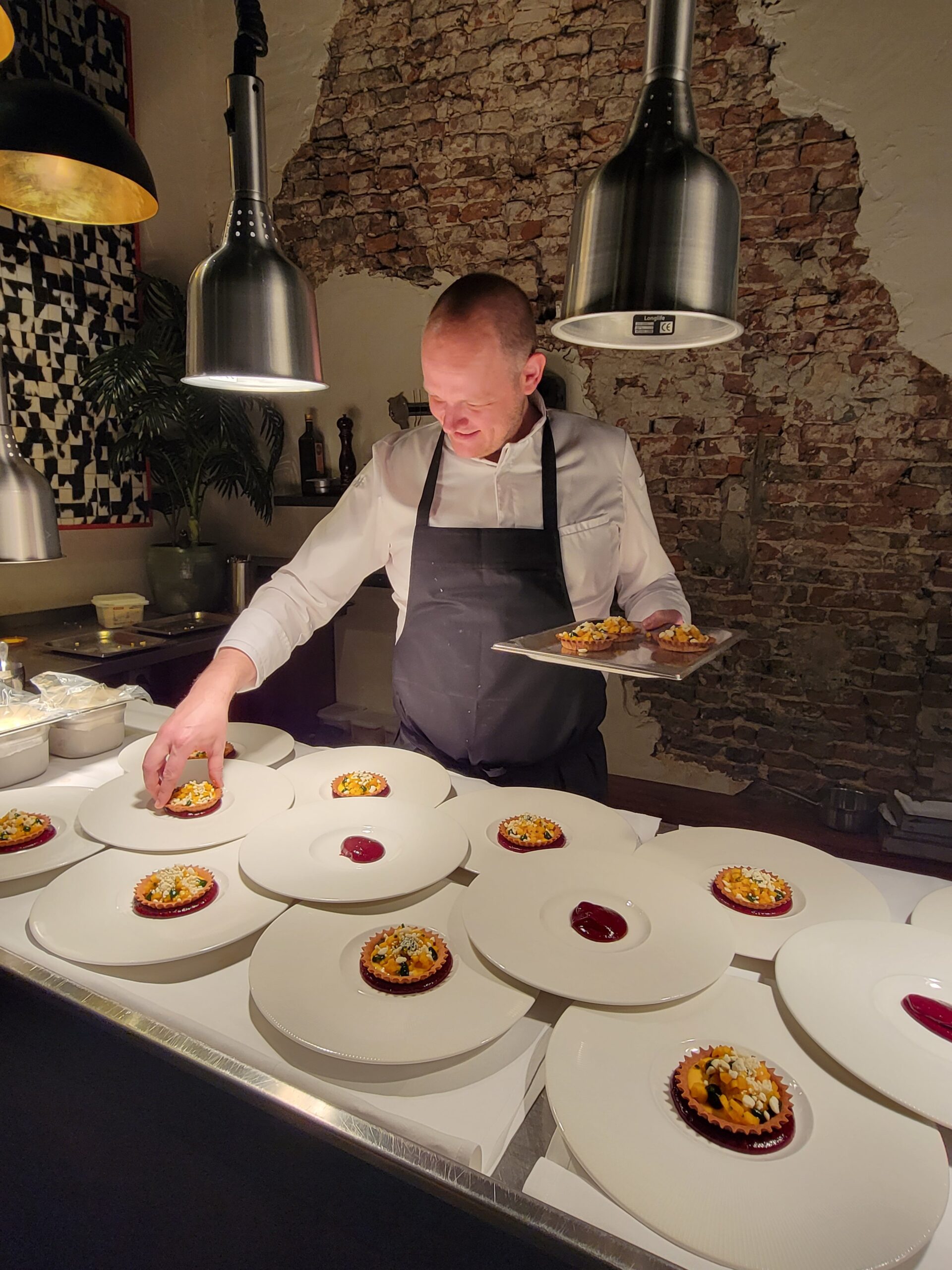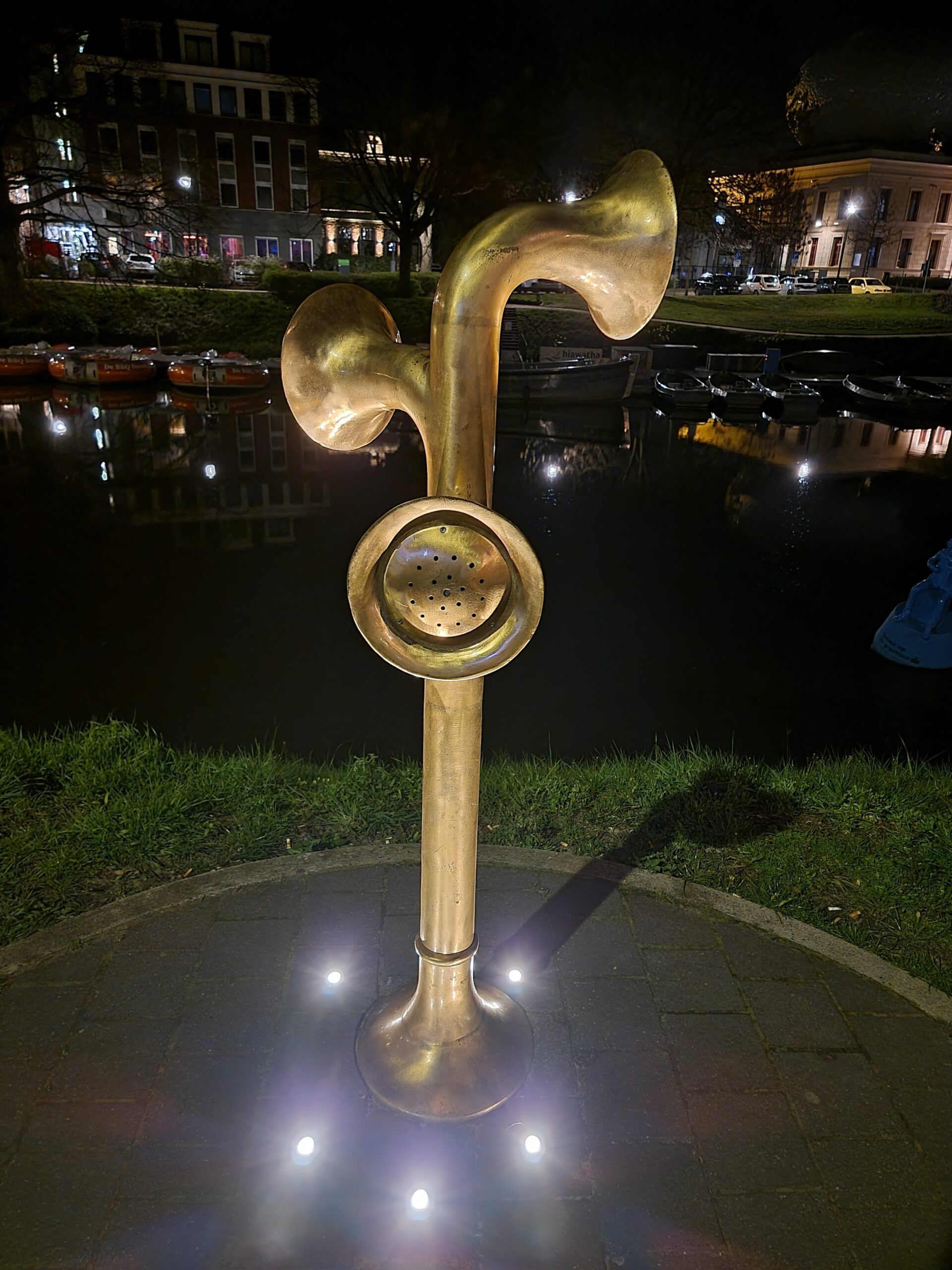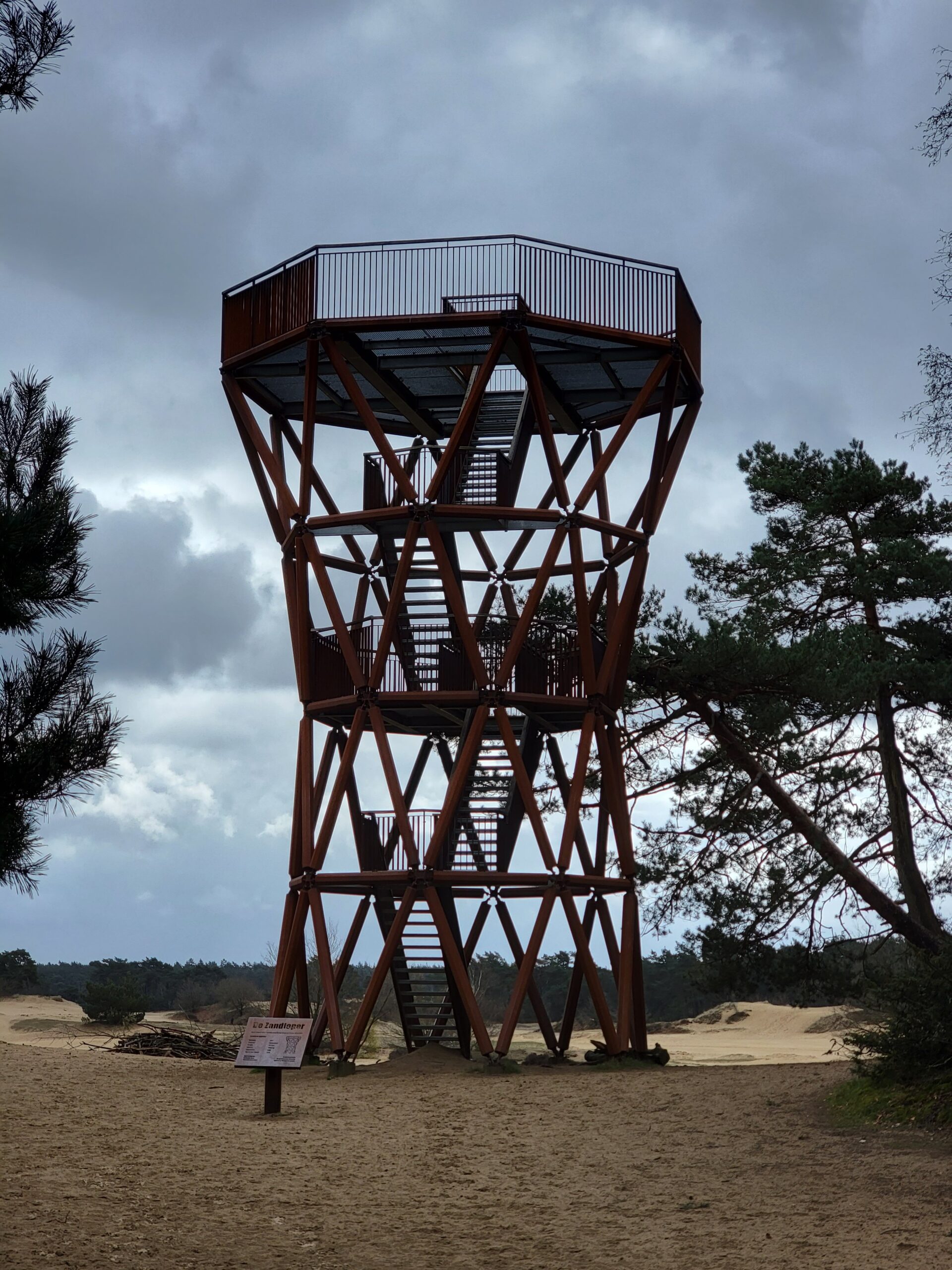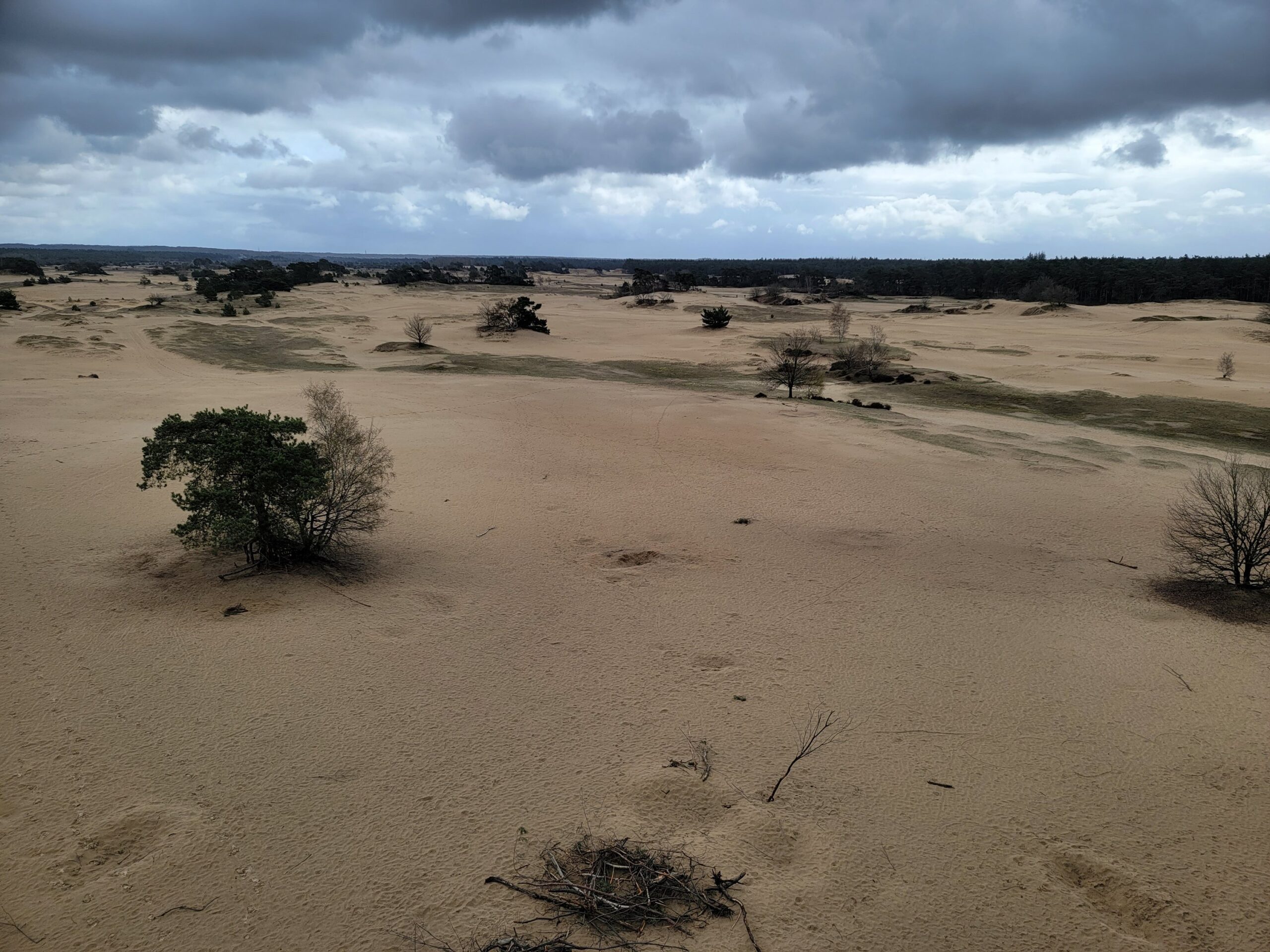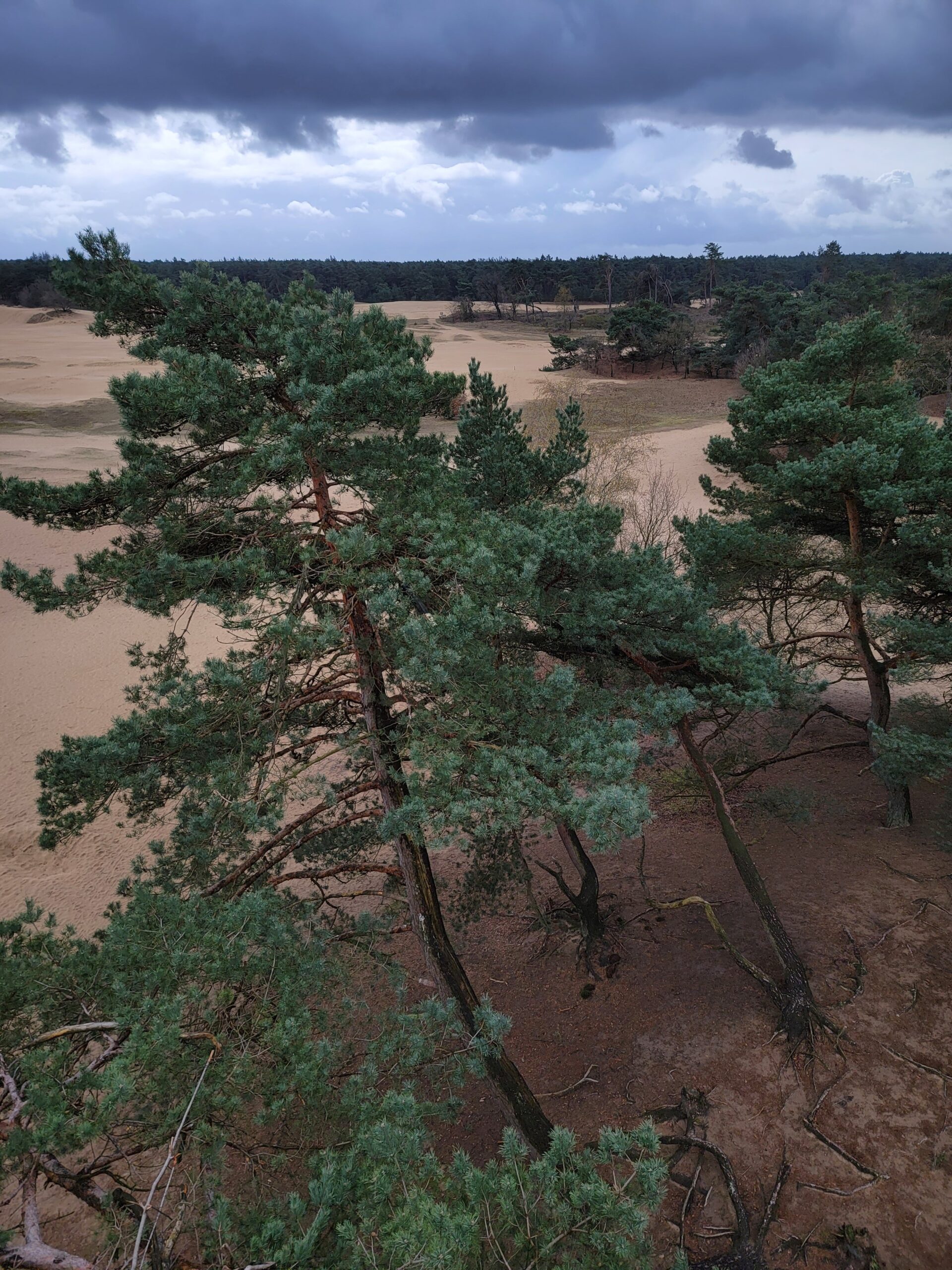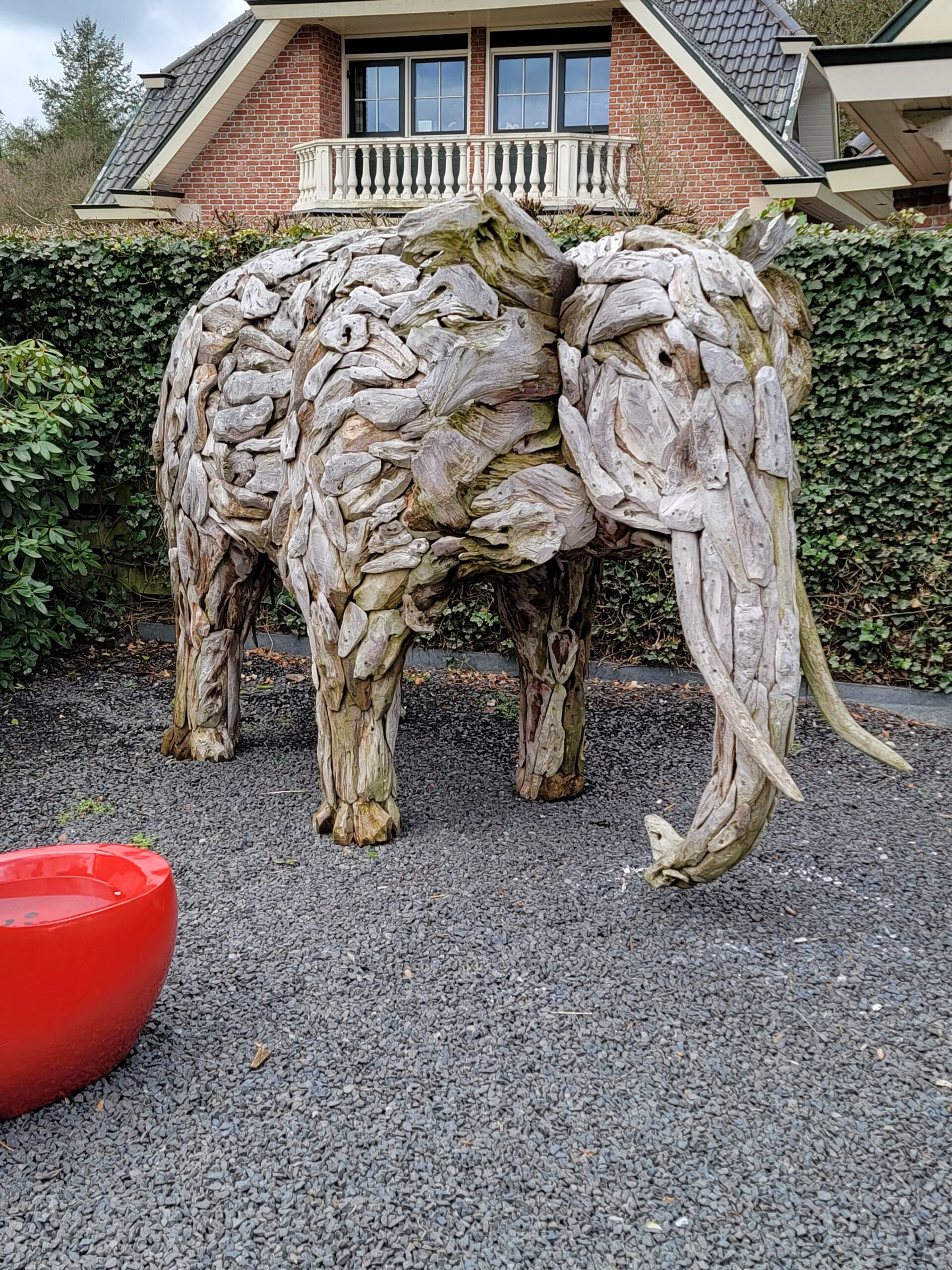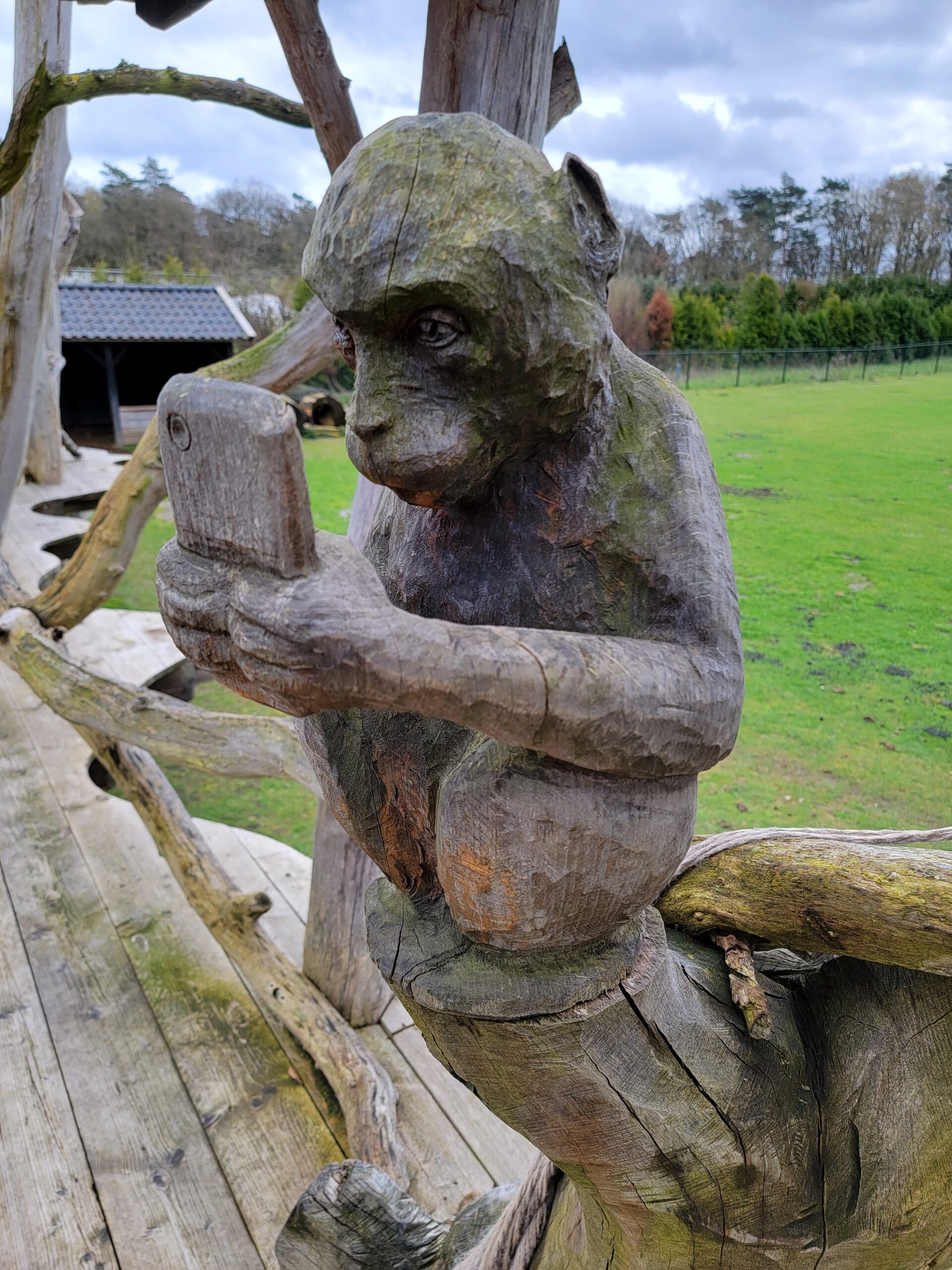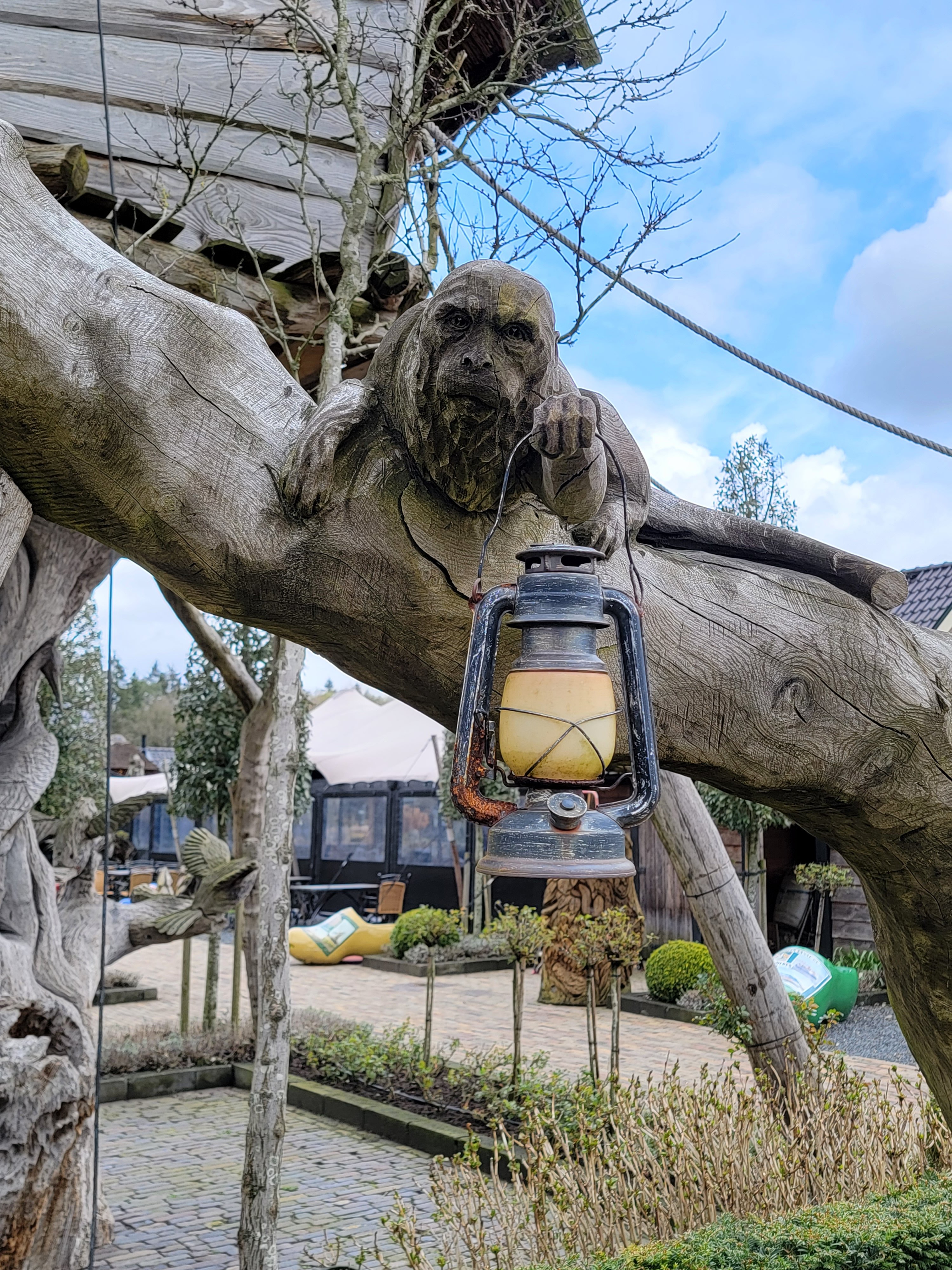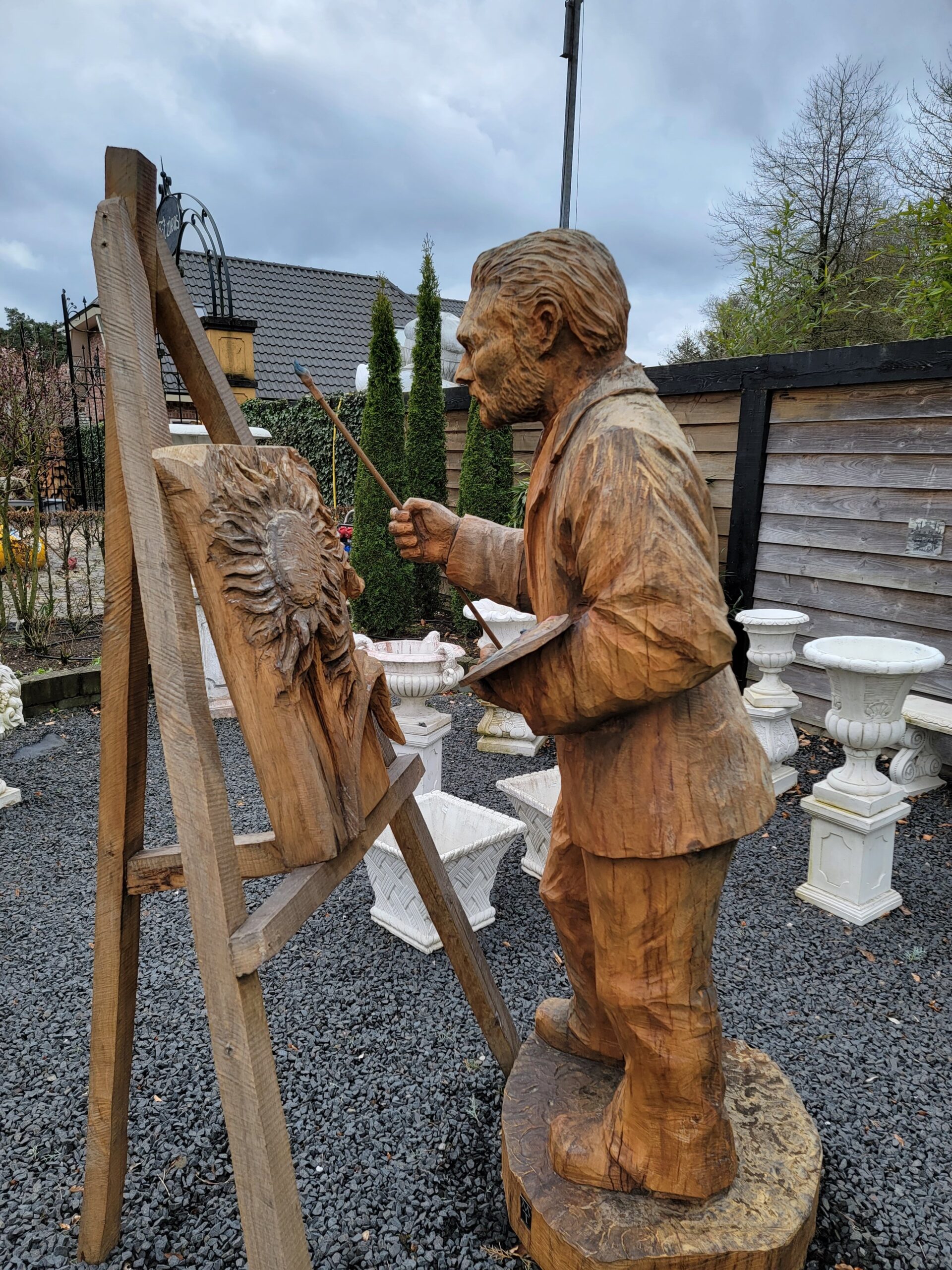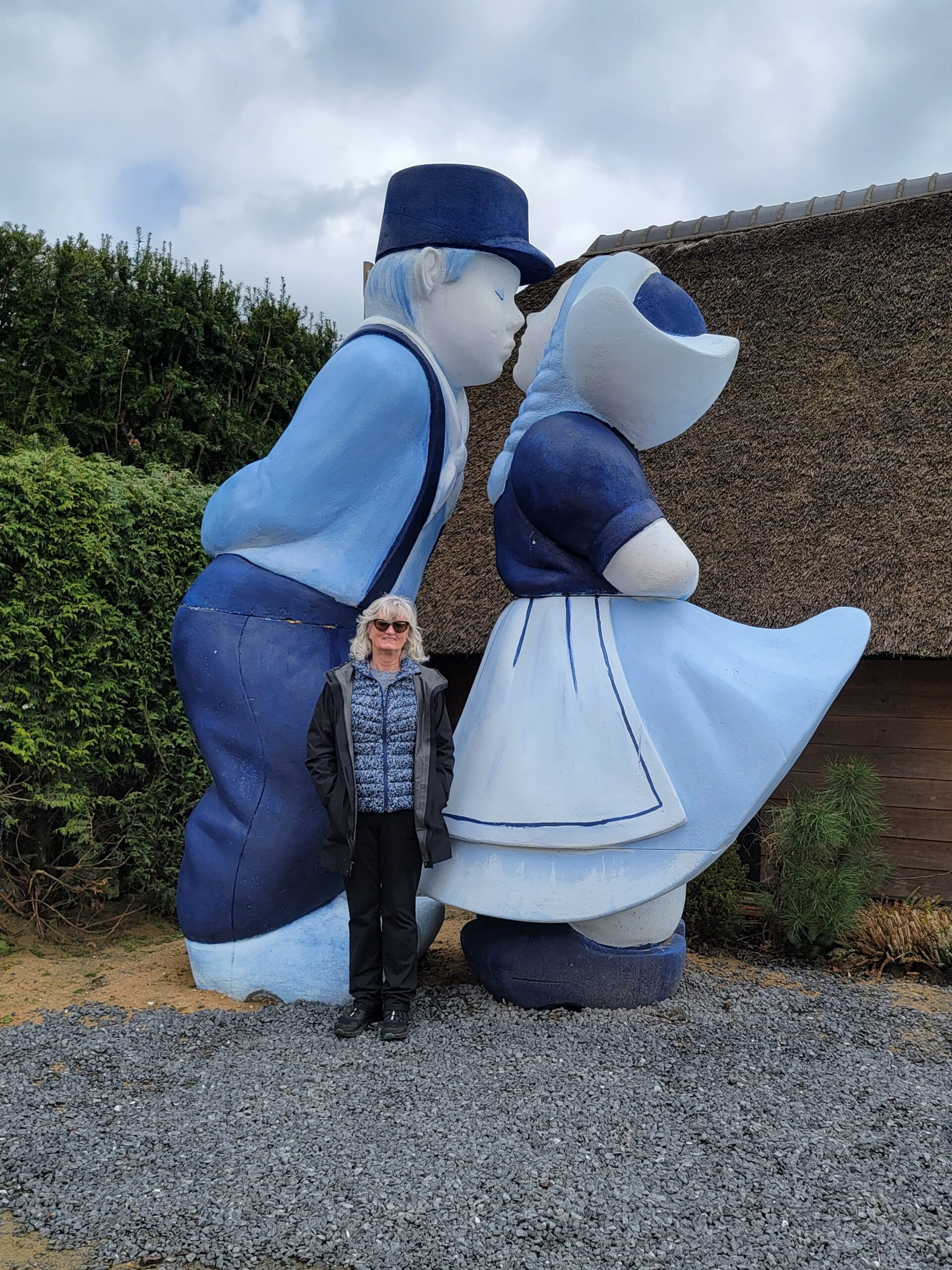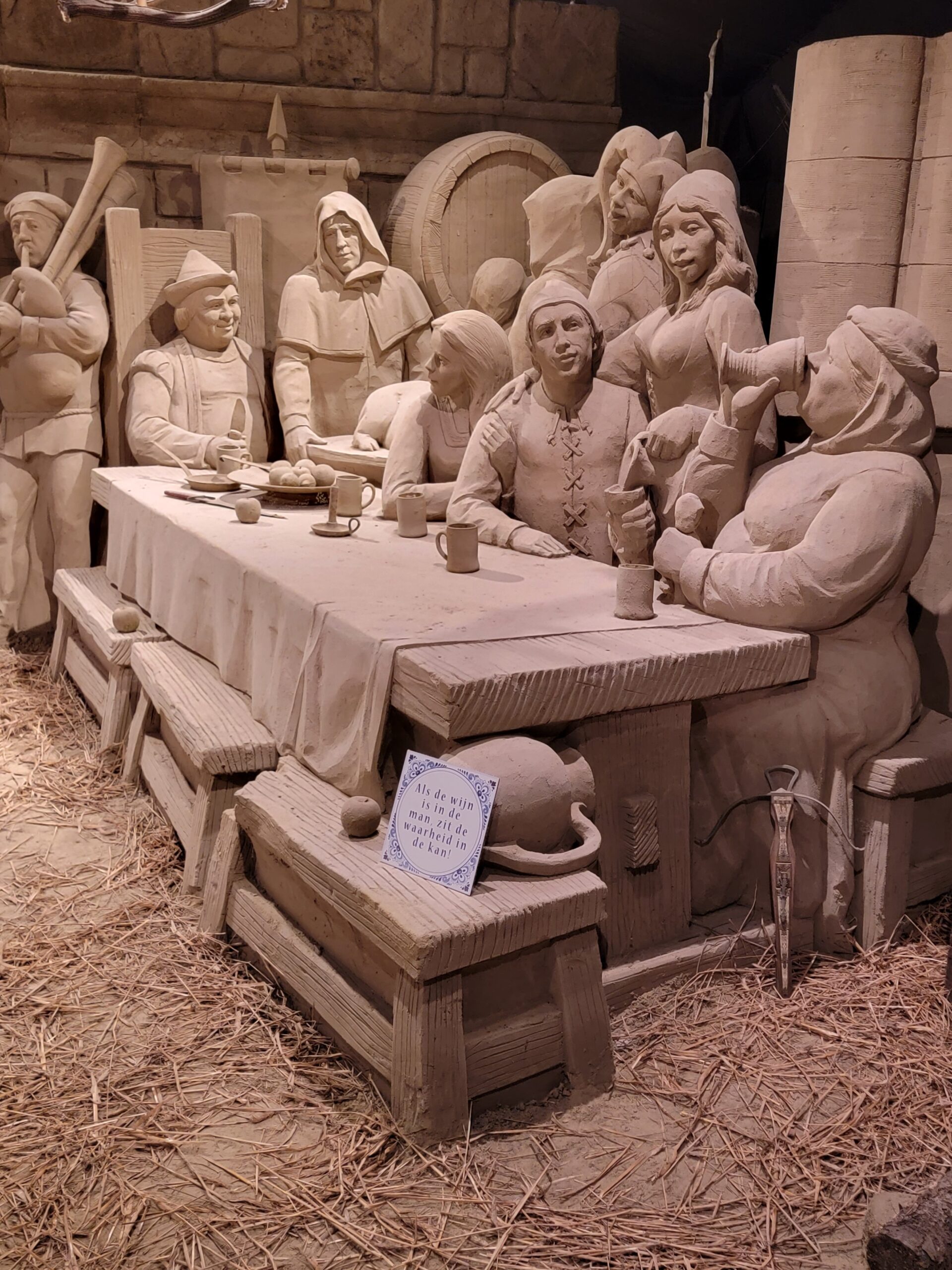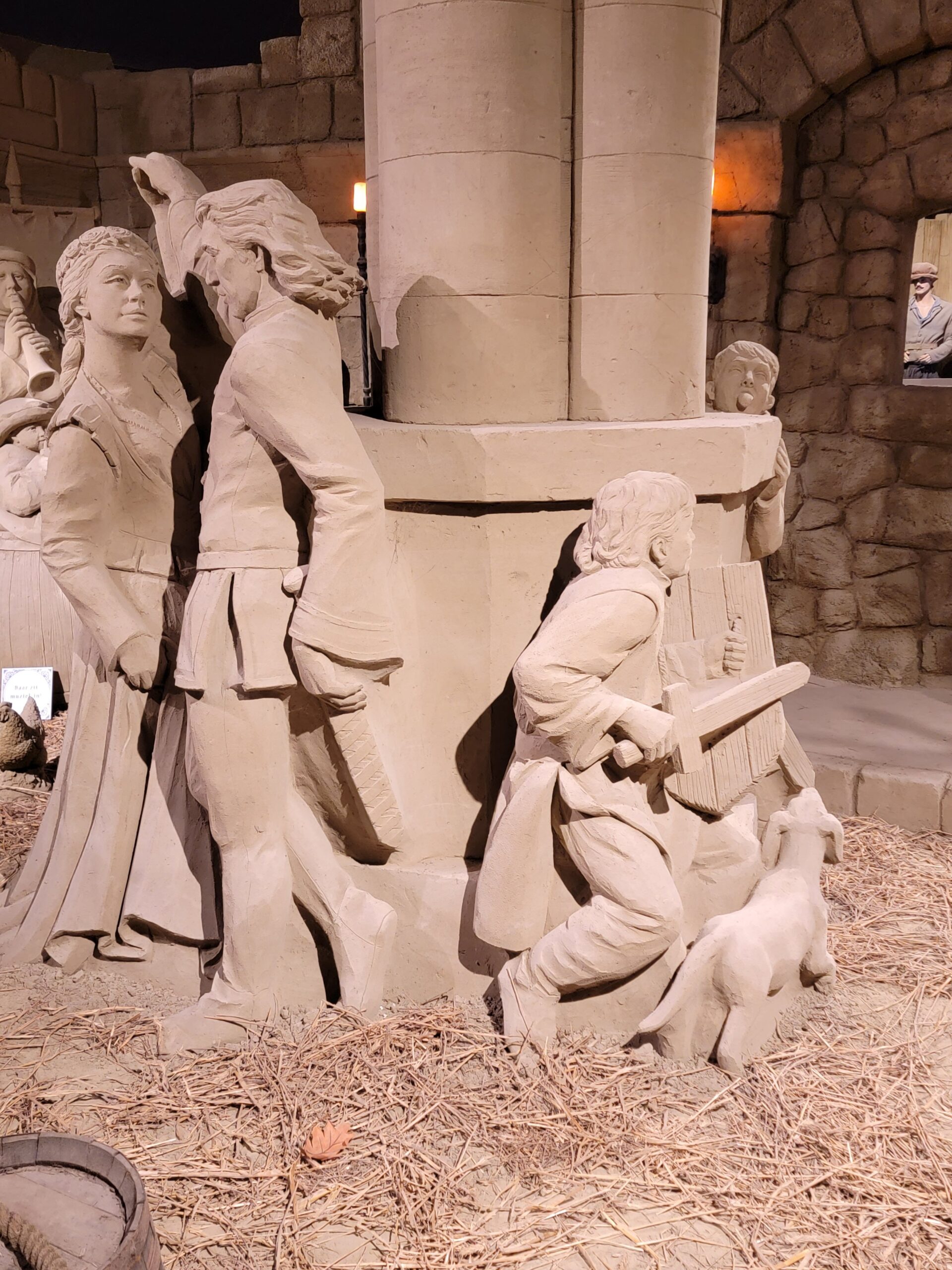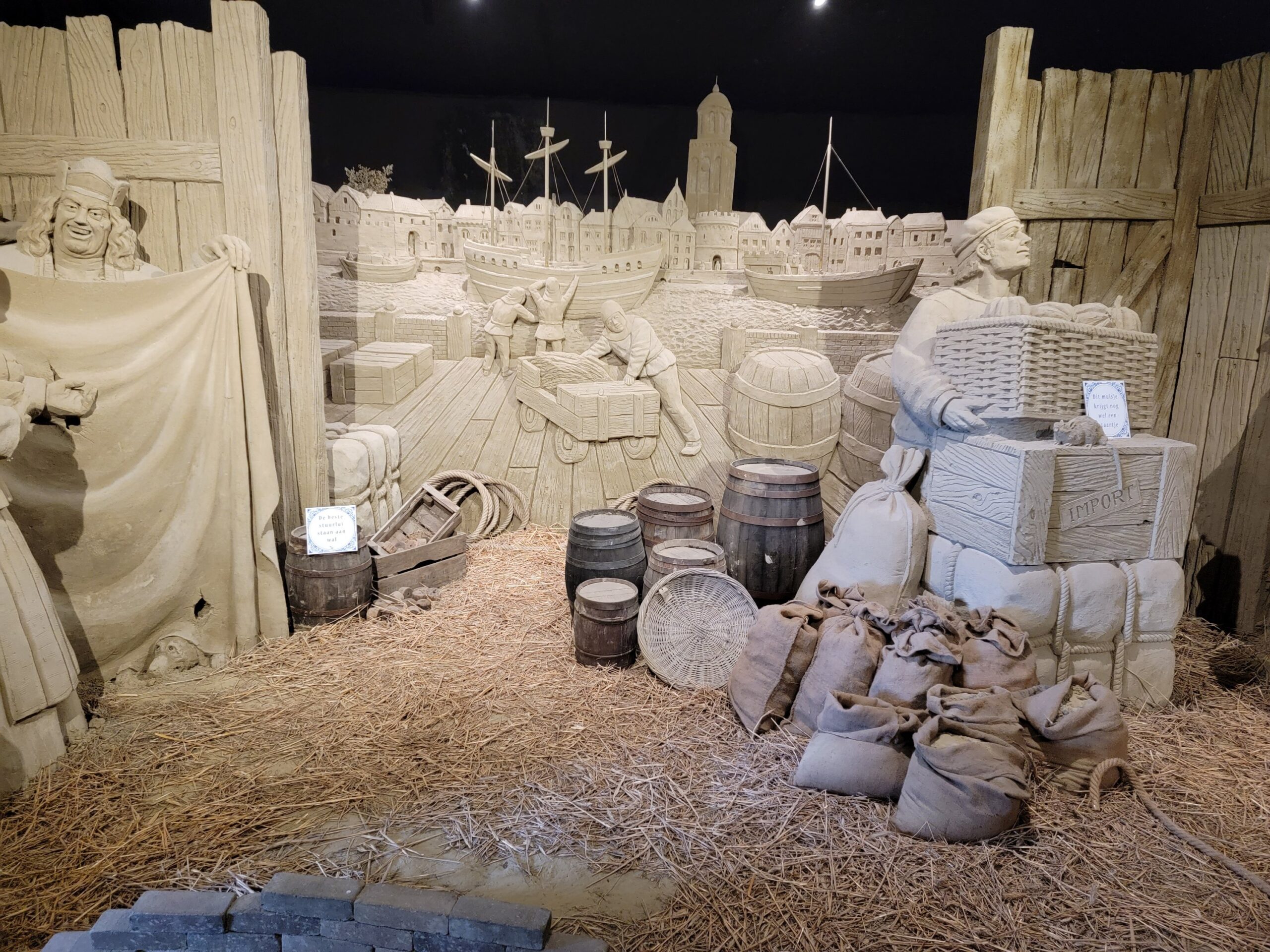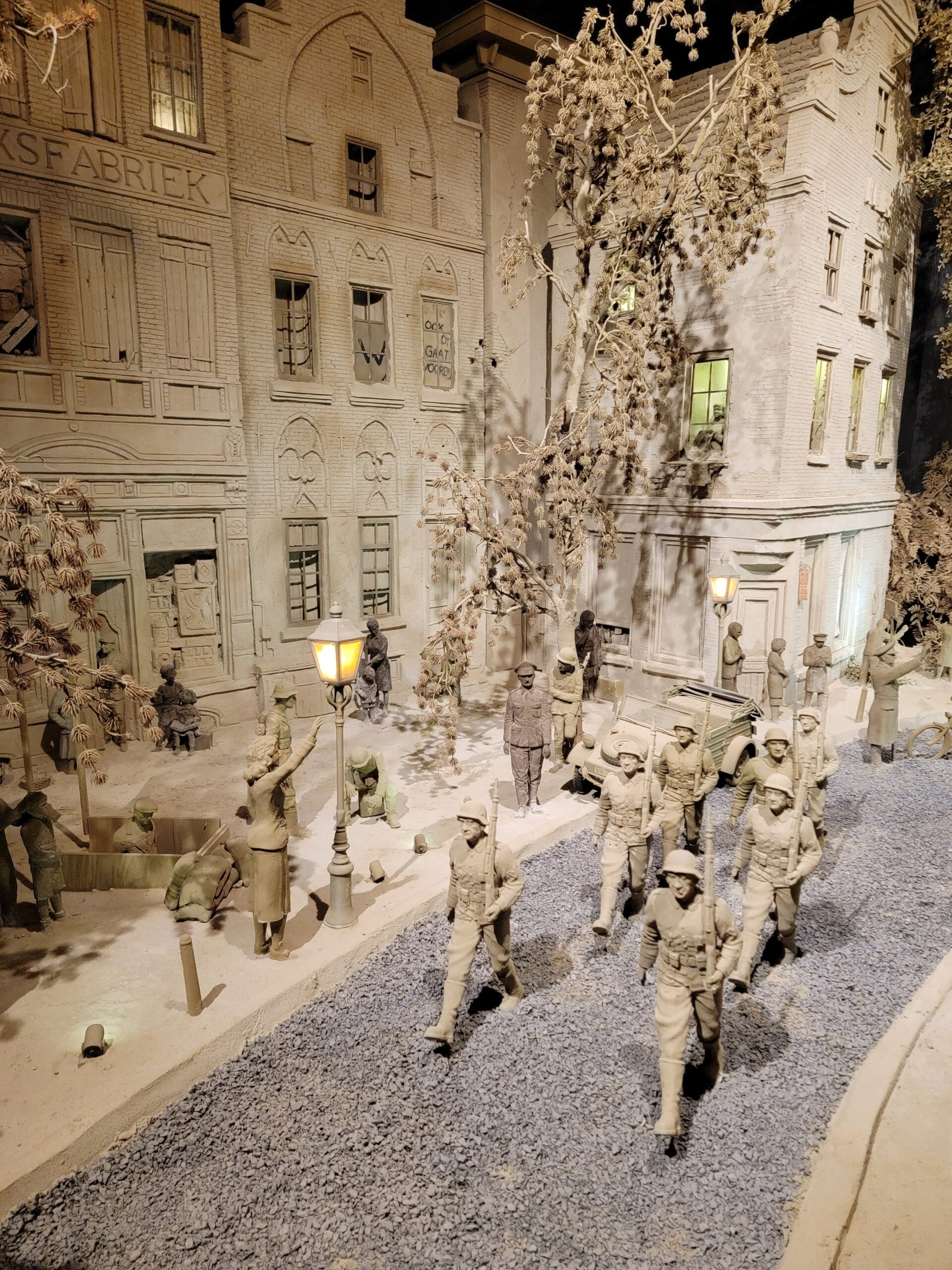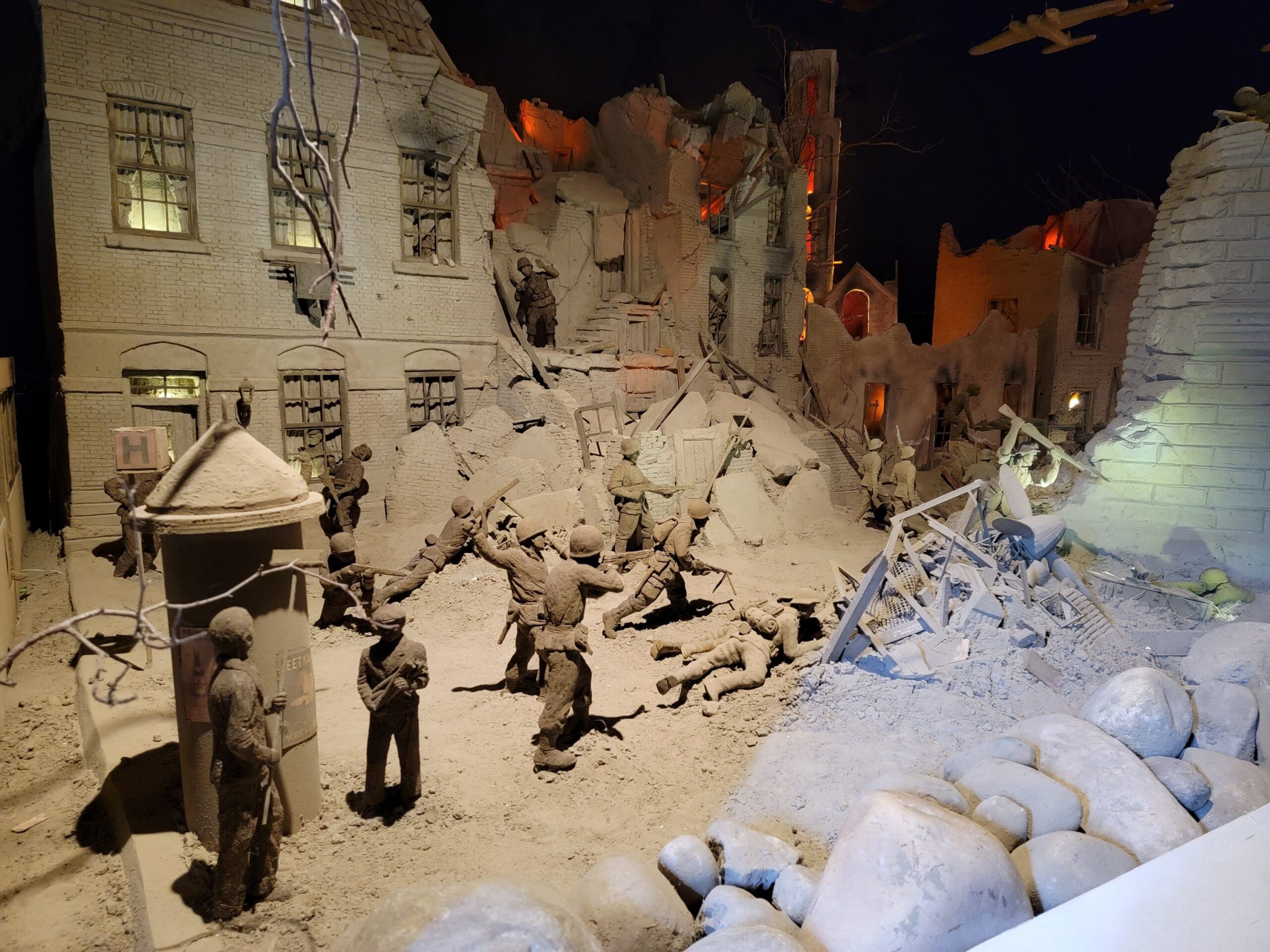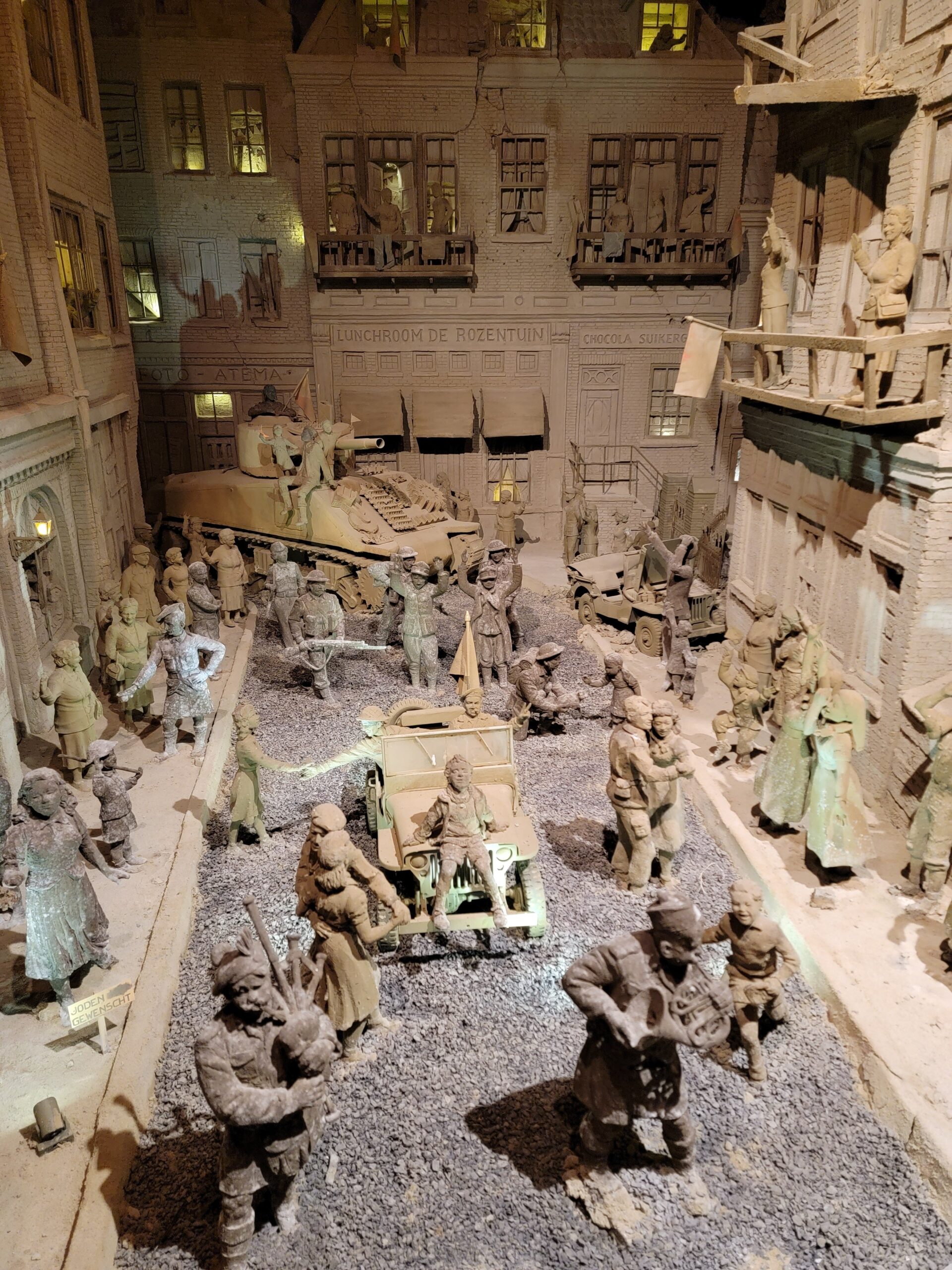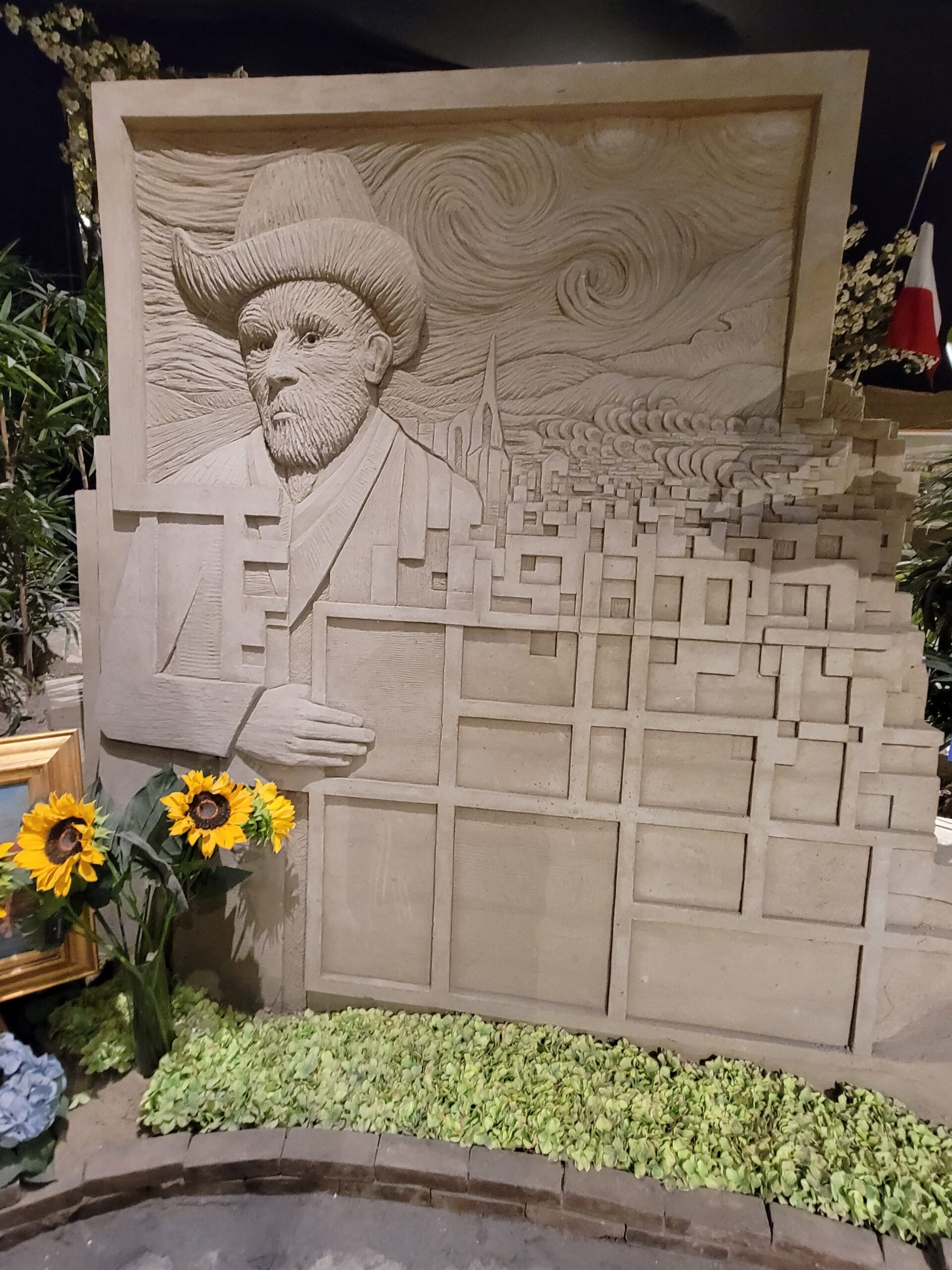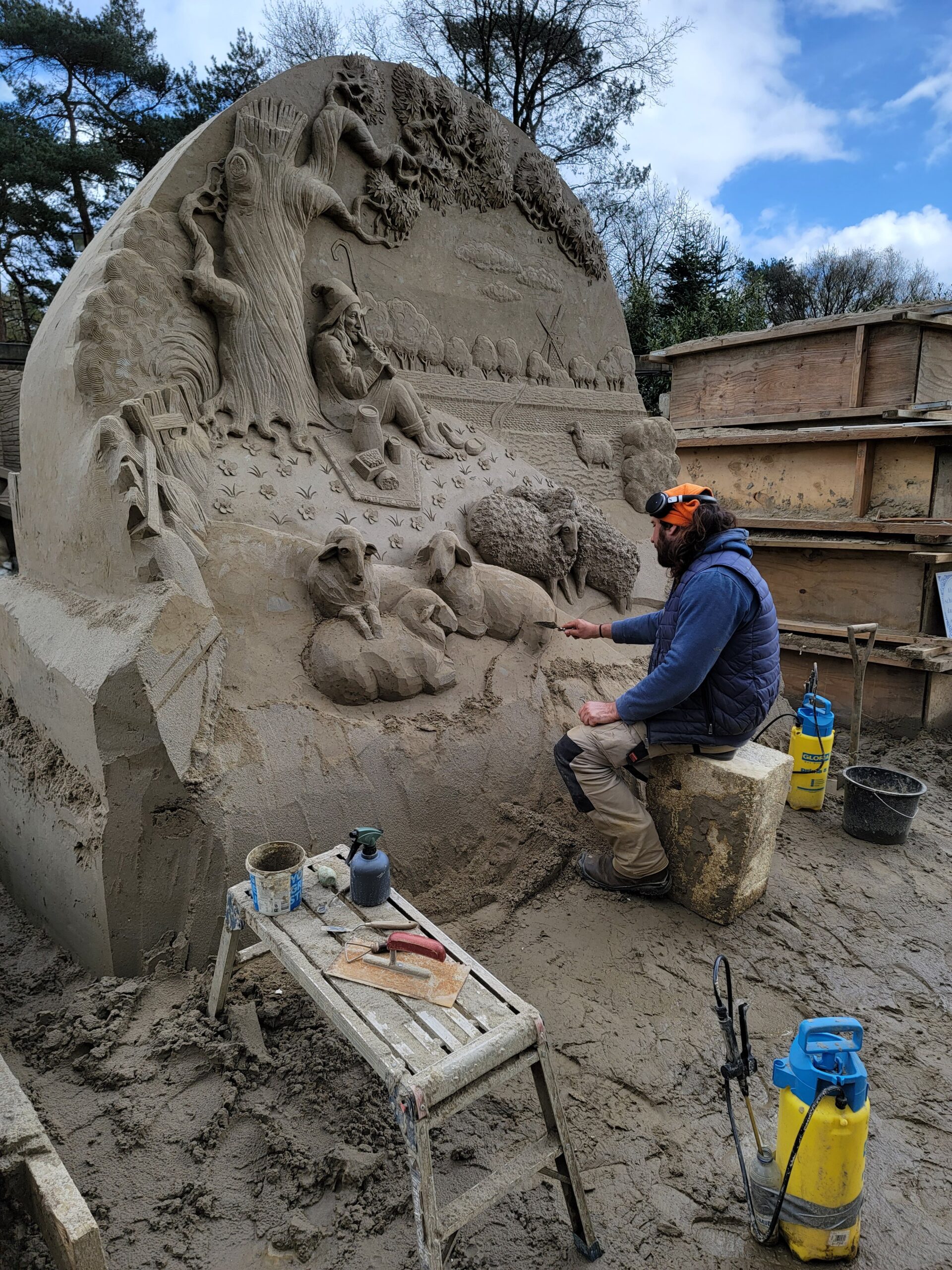We spent 4 nights in Zwolle, Netherlands, which is a pretty small city and likely only needed 3 nights. Regardless, it’s a cute little town with a canal all the way around it.
You can pretty much walk the bulk of the old part of the city in about an hour.
These Dutch cities seem to have an obsession with converting old churches into bookstores. This is the third one we have been in, and they have all been incredibly busy.
One of the most beautiful buildings in town is the Sassenport, a former gate to the city. Like other old towns in the Netherlands, this was once a walled city. This is considered one of the finest examples of a gatehouse in the Netherlands.
The tallest building in the city is De Peperbus (The Peppermill), so named because of it’s similarity to one of those huge peppermills waiters like to carry around. It’s impressive that a building this large was built in the 1400’s. We found out the Canadian flag was flying because we were there on April 14th, the day that Zwolle was liberated from the Nazi’s by a single Canadian, Leo Major. Apparently the city had been deserted by the Nazi’s by the time he arrived.
We of course had to climb the tower. On the way up there is a room with a film playing that explains the history of Zwolle and the church. Very well done!
From the top of the tower you have an excellent view over Zwolle (pronounced Zwah-Lah, in case you were curious). The building with the weird white orb in the photo is the Museum de Fundatie. I’ve never seen anything quite like it. It doesn’t seem to fit in at all. Not sure how the locals feel about it, but it’s pretty damned ugly to be honest!
Kim on her way back down the tower. We pretty much had the place to ourselves while we were up there.
The lady that explained the Canadian connection to us offered to take our photo outside the church.
After the Peppermill we visited the odd-looking Museum De Fundatie. This hunk of metal near the entrance wasn’t a good sign of what might be inside.
Fortunately there was some decent art in one wing. This is “Willebroek Canal in Spring” from William Degouve De Nuncques (a bit of a long name) painted in 1909.
Our favorite artist in the museum was Jan Voerman, who liked to paint cows. The below is “Cattle by the Ijssel River near Hattem” painted in 1894-1897. The lighting in this museum was the worst we’ve seen.
Also by Jan Voerman, this is “Town seen from the Meadow, Lying Cattle”, painted sometime between 1880-1930. They couldn’t pin it down more than that? Again, bad lighting.
Over half the museum was modern art, which made it fairly easy to breeze through most of it. I did like this artist who is using old computer boards and telecommunication wires to create his artwork. This is “Tightrope: Behind the Processor #1” by Elias Sime, created just this year.
This is a view of the museum from the adjacent bar where we had a much needed beer after our visit.
The other side of the museum. I loved the golden bird on the roof. That huge white orb thing next to it though, not so much. By the way, there was more modern art in that section, really odd stuff, and unworthy of the cost of processing my film.
We had dinner that night in one of our two top restaurants in the Netherlands, Os En Peper (by Ard), so named as it’s directly adjacent to the Peppermill church. The Chef, Ard was super friendly and created such spectacular food!
There is some weird artwork spread throughout the city. Along with the museum, this place is a hotbed for weird art. We actually heard voices coming out of this thing at one point. No idea what they were saying. What is “help me, I’m stuck in here” in Dutch?
Next up, we took two day trips from Zwolle; Giethoorn and Kampen.
